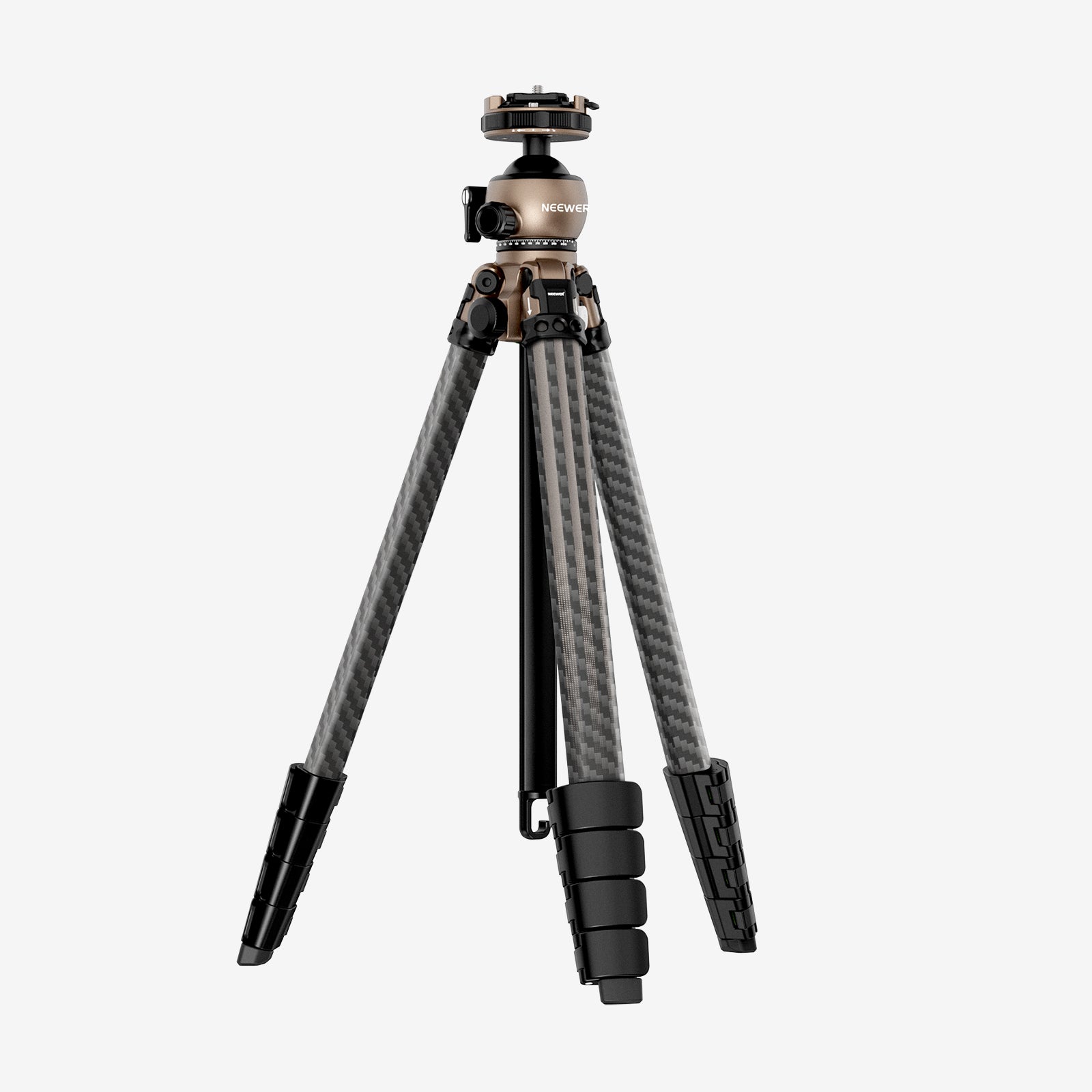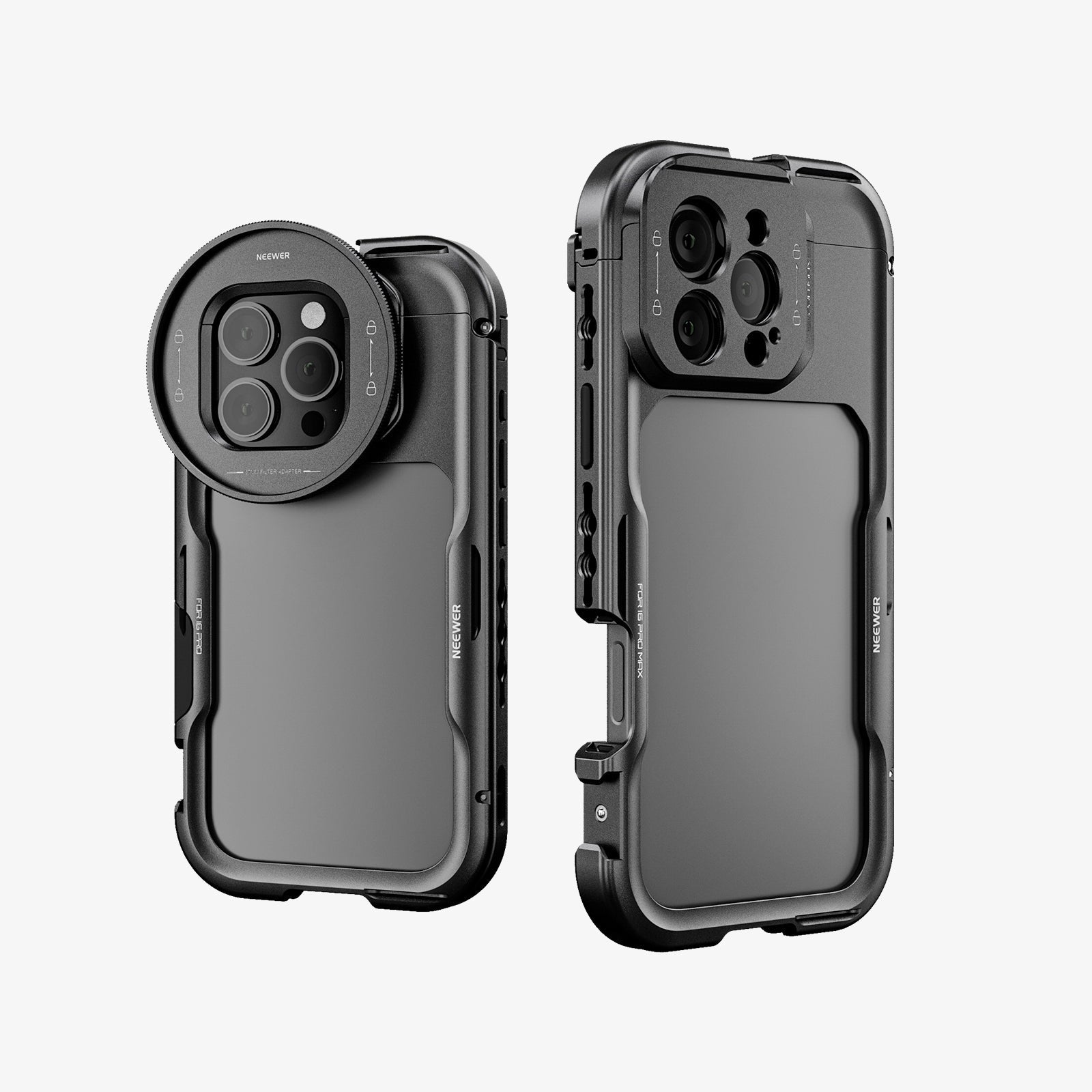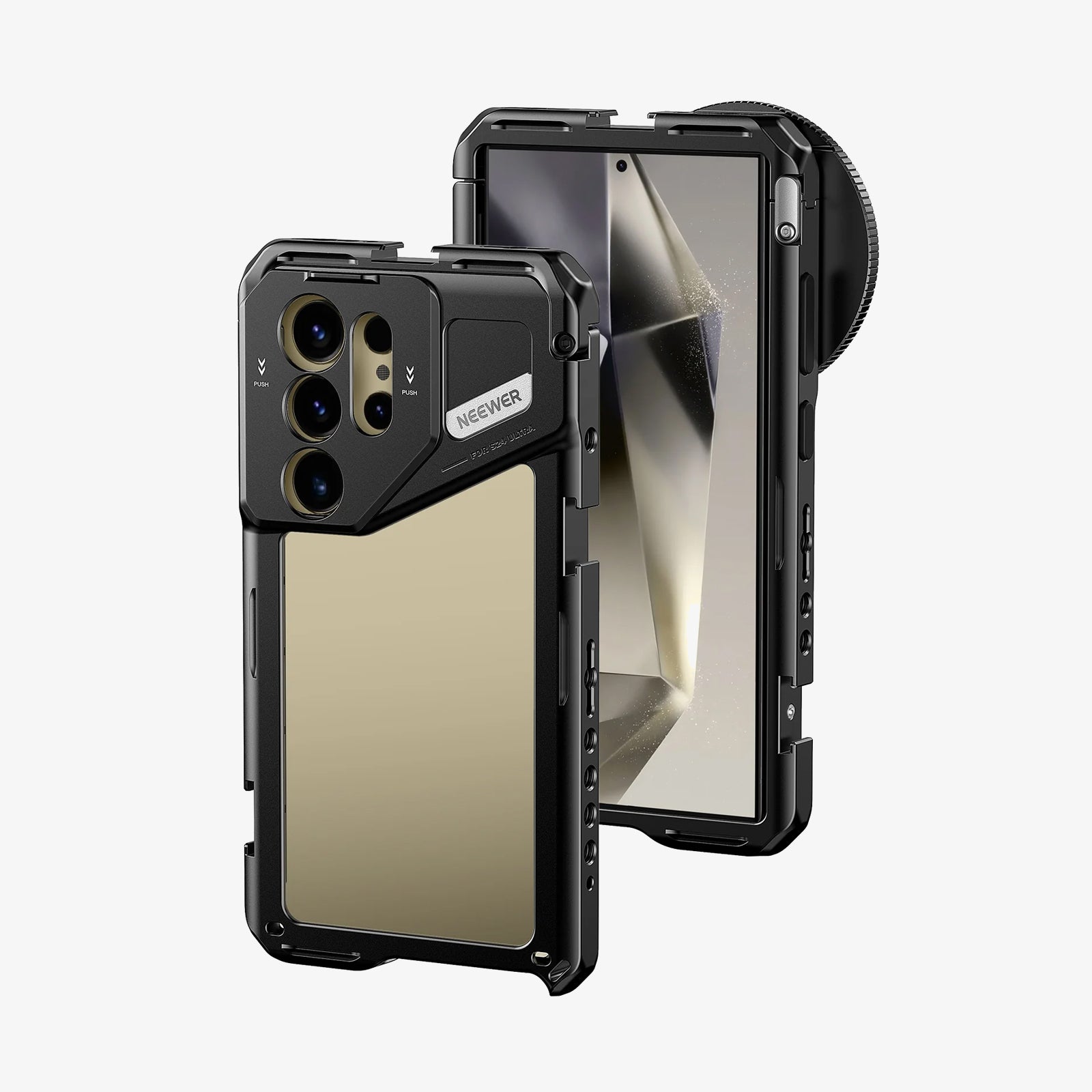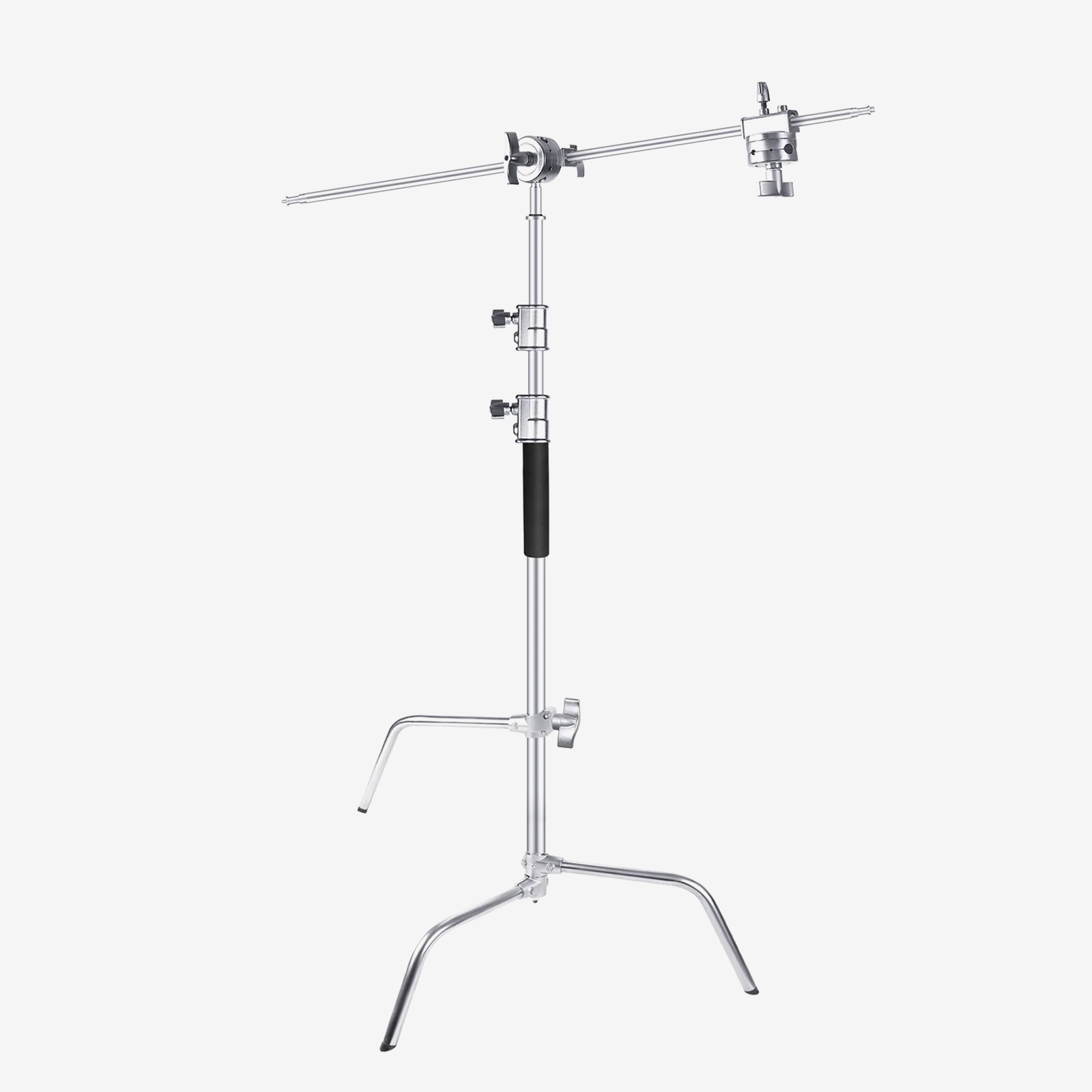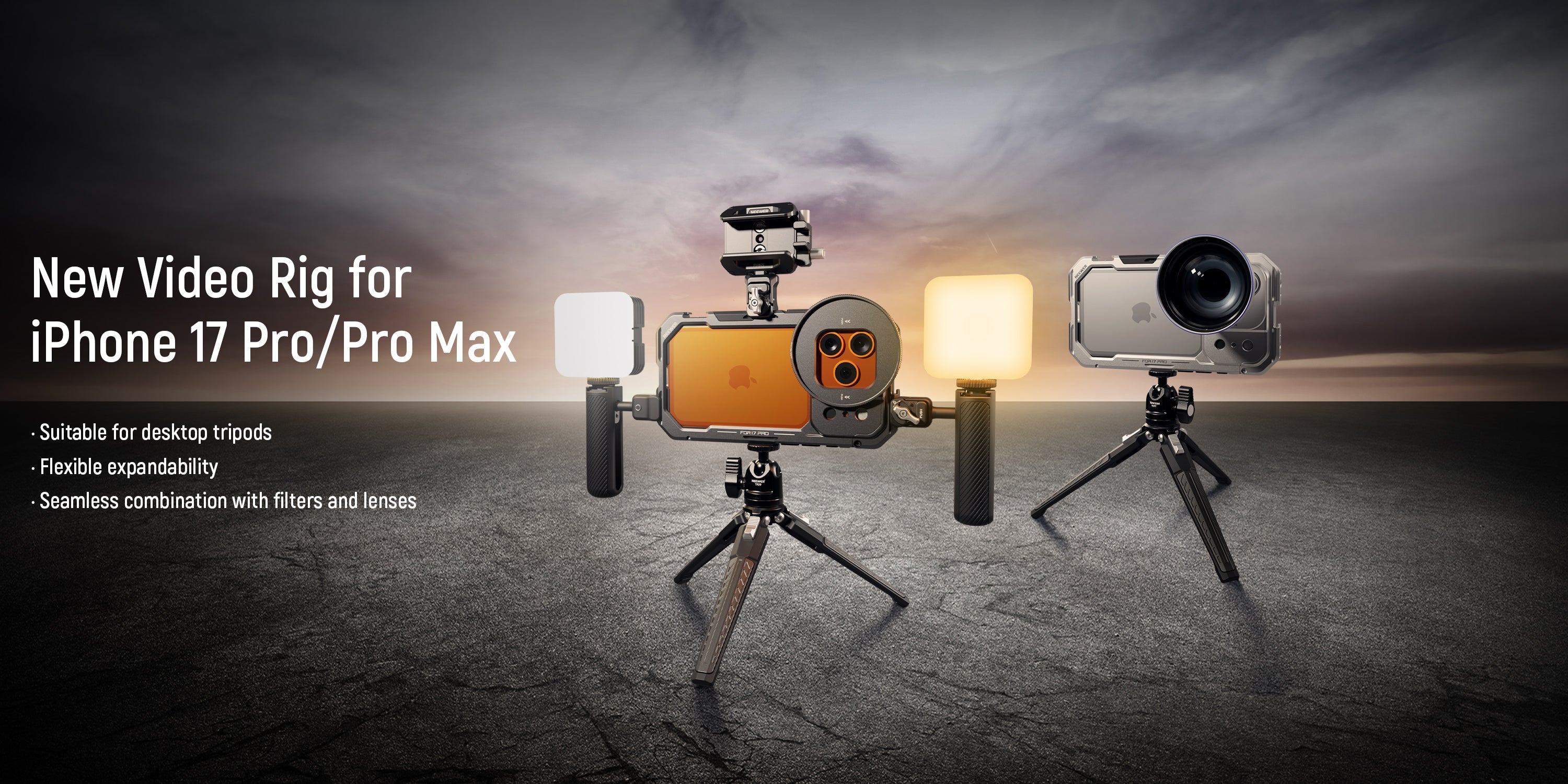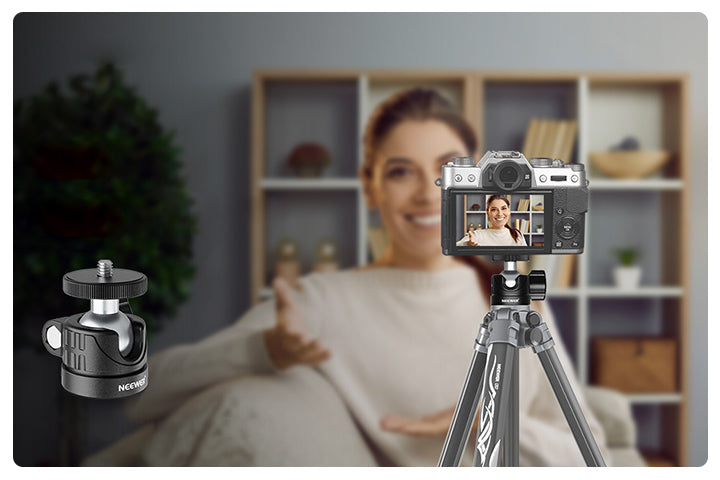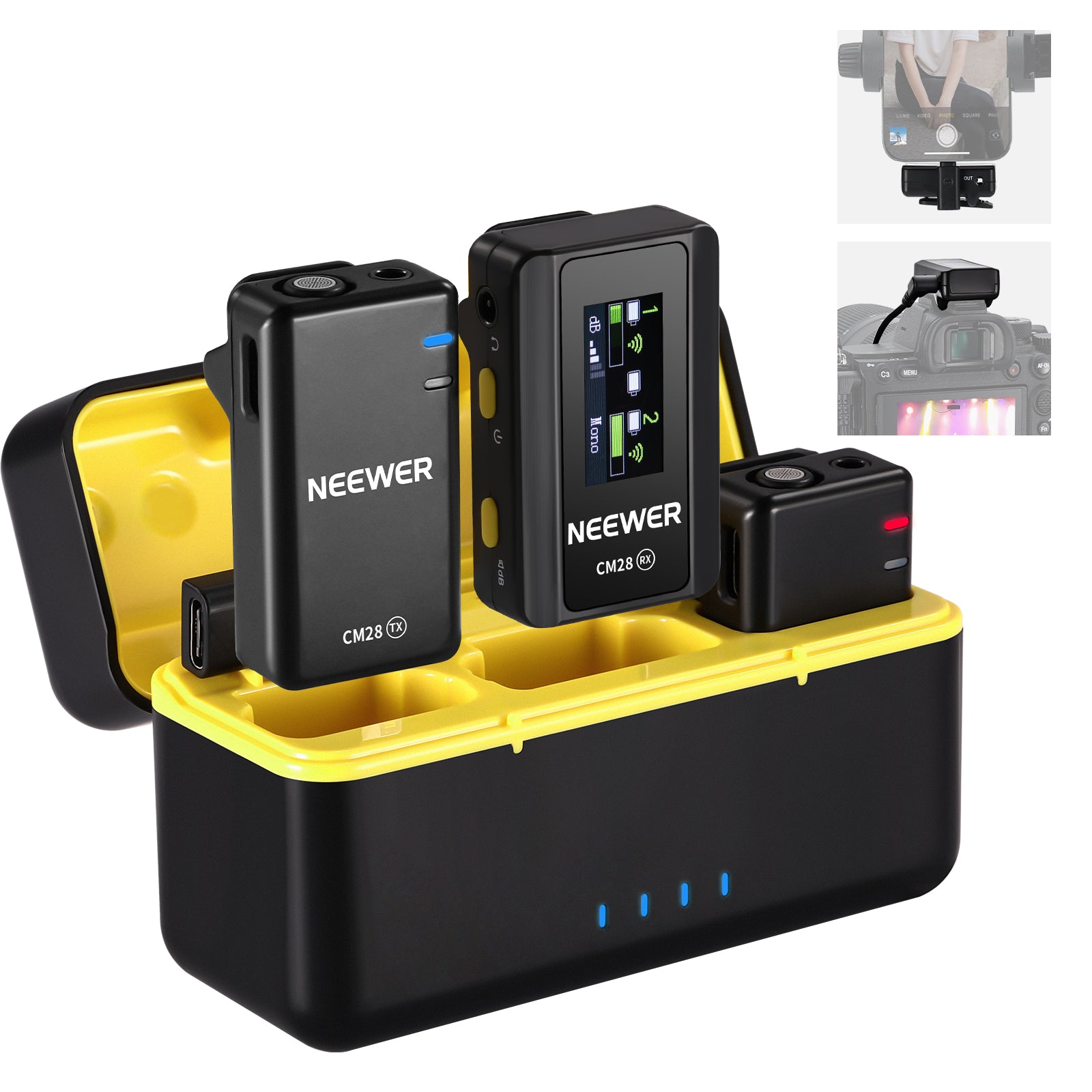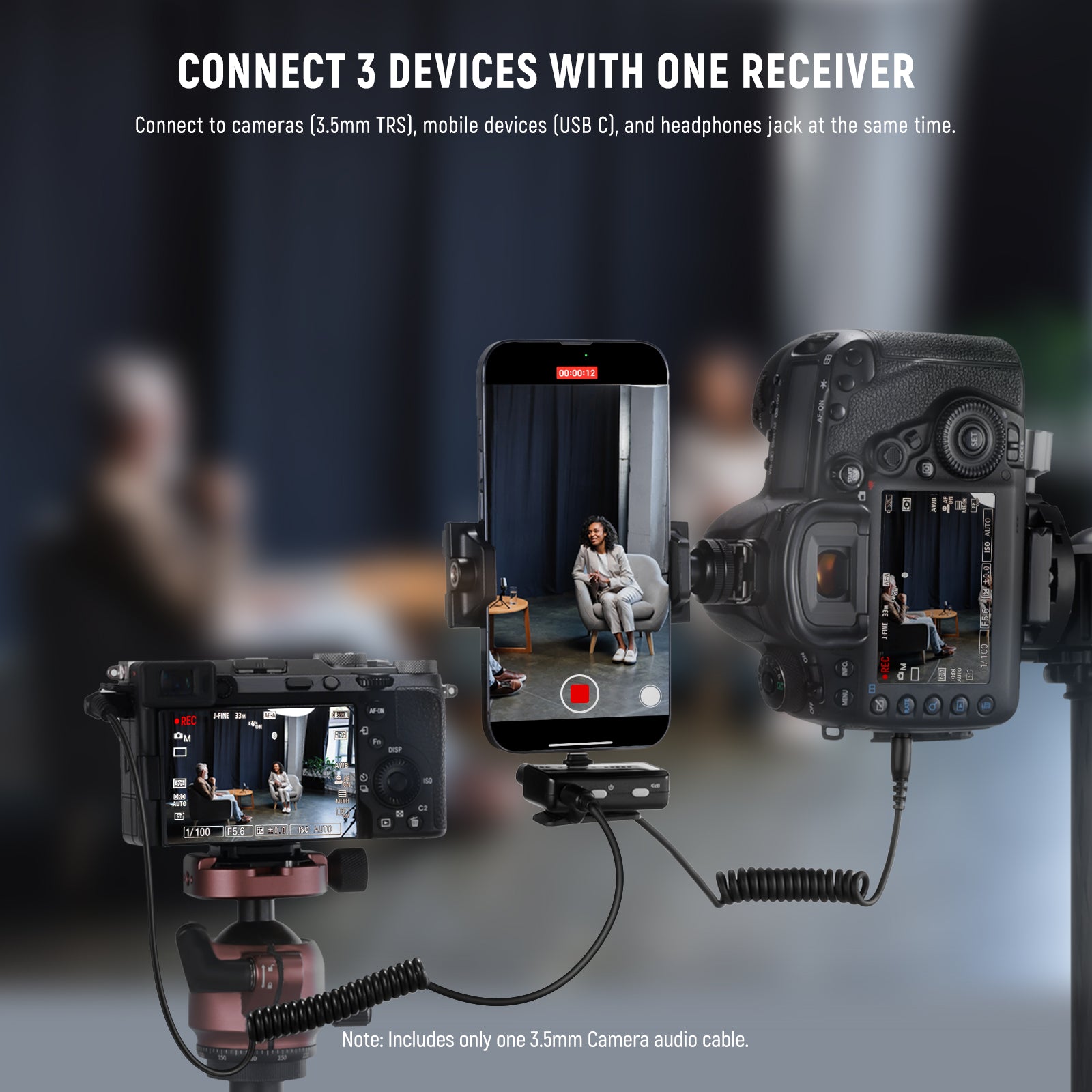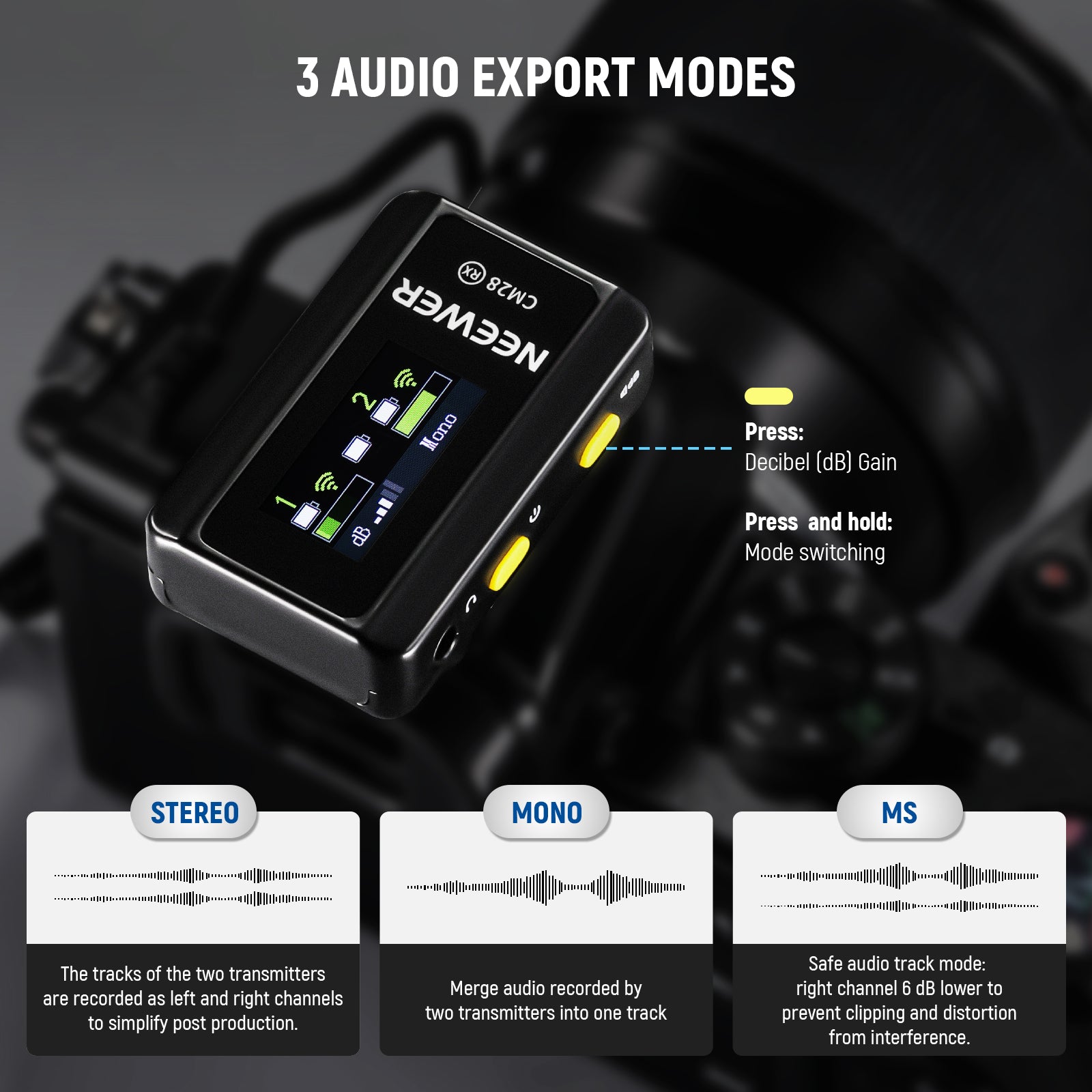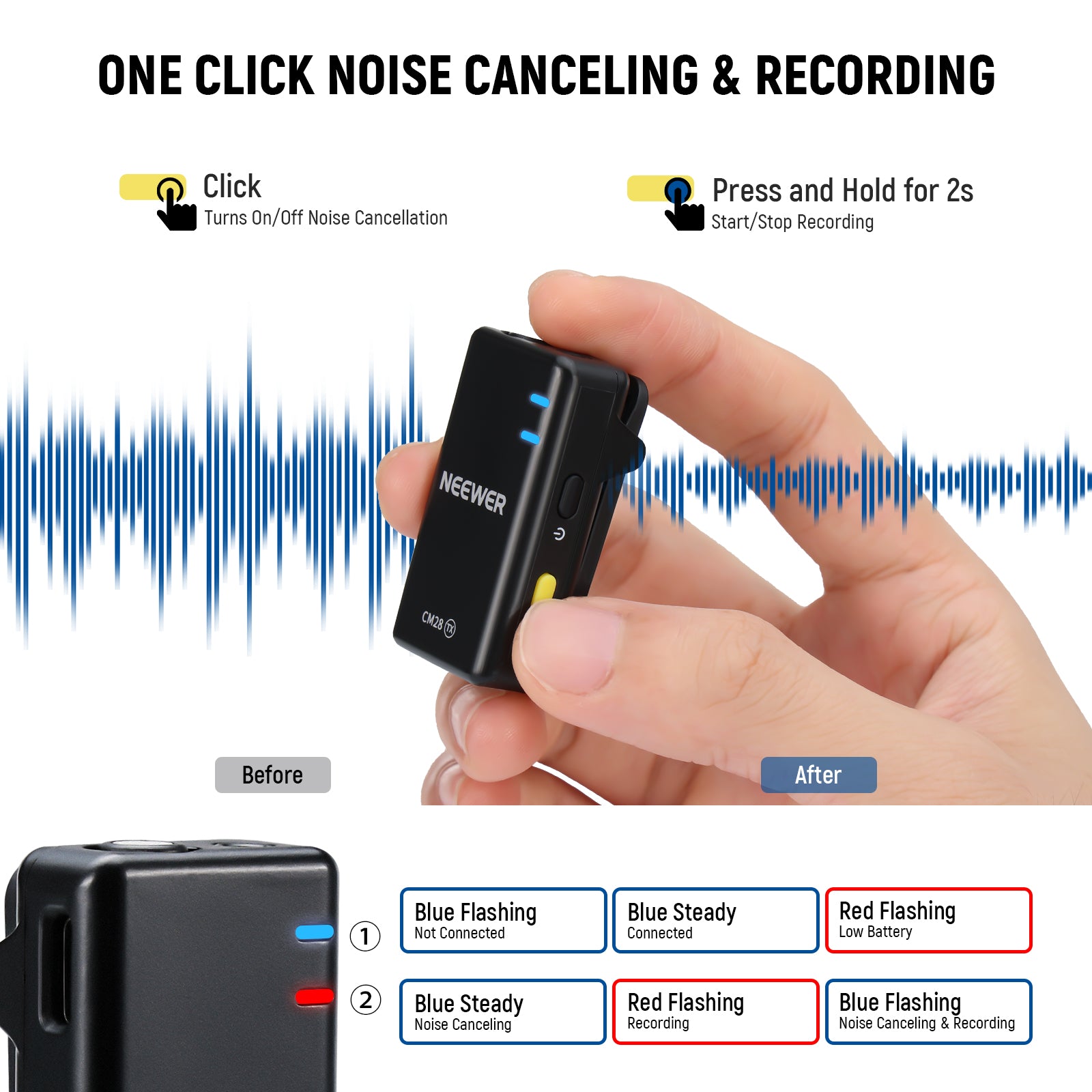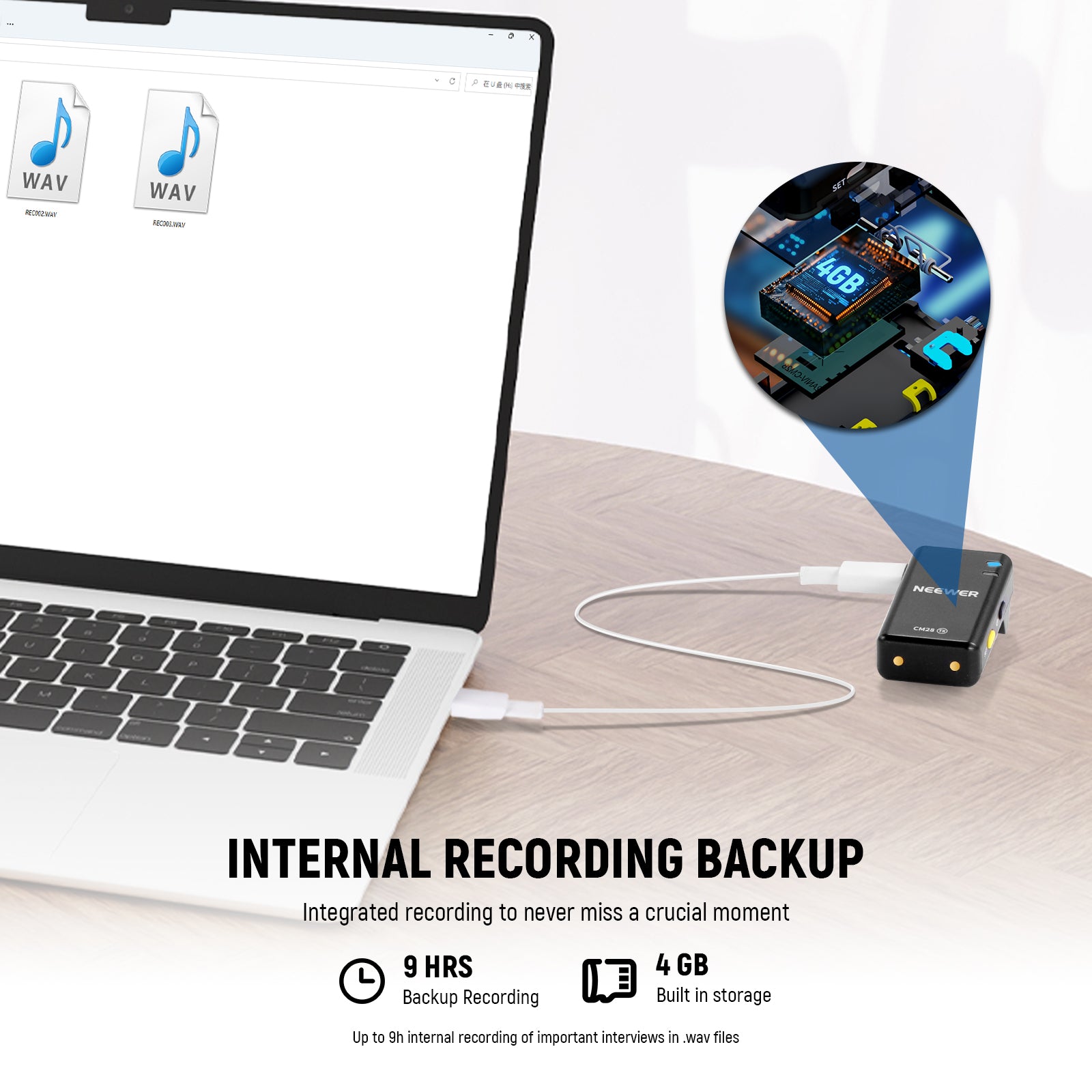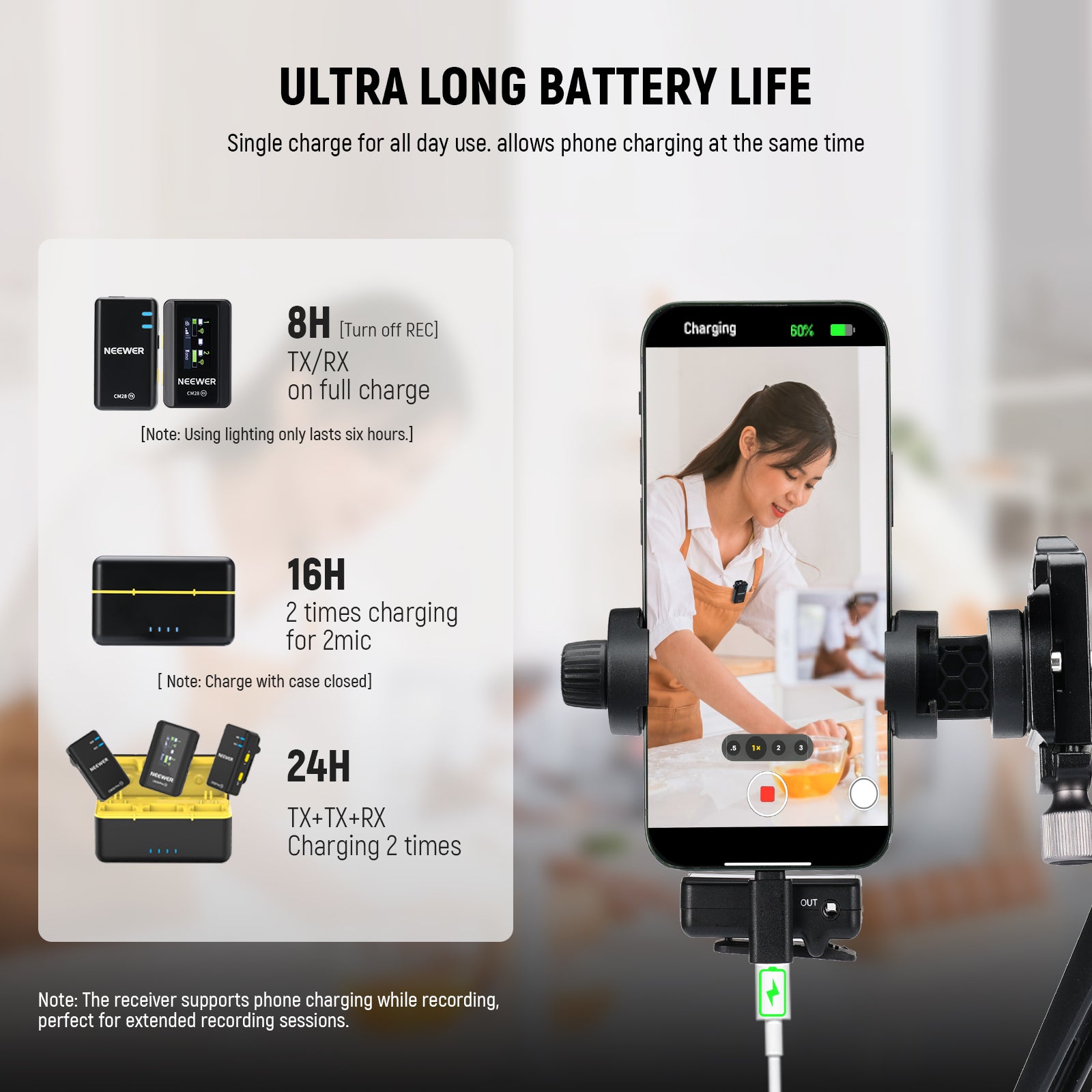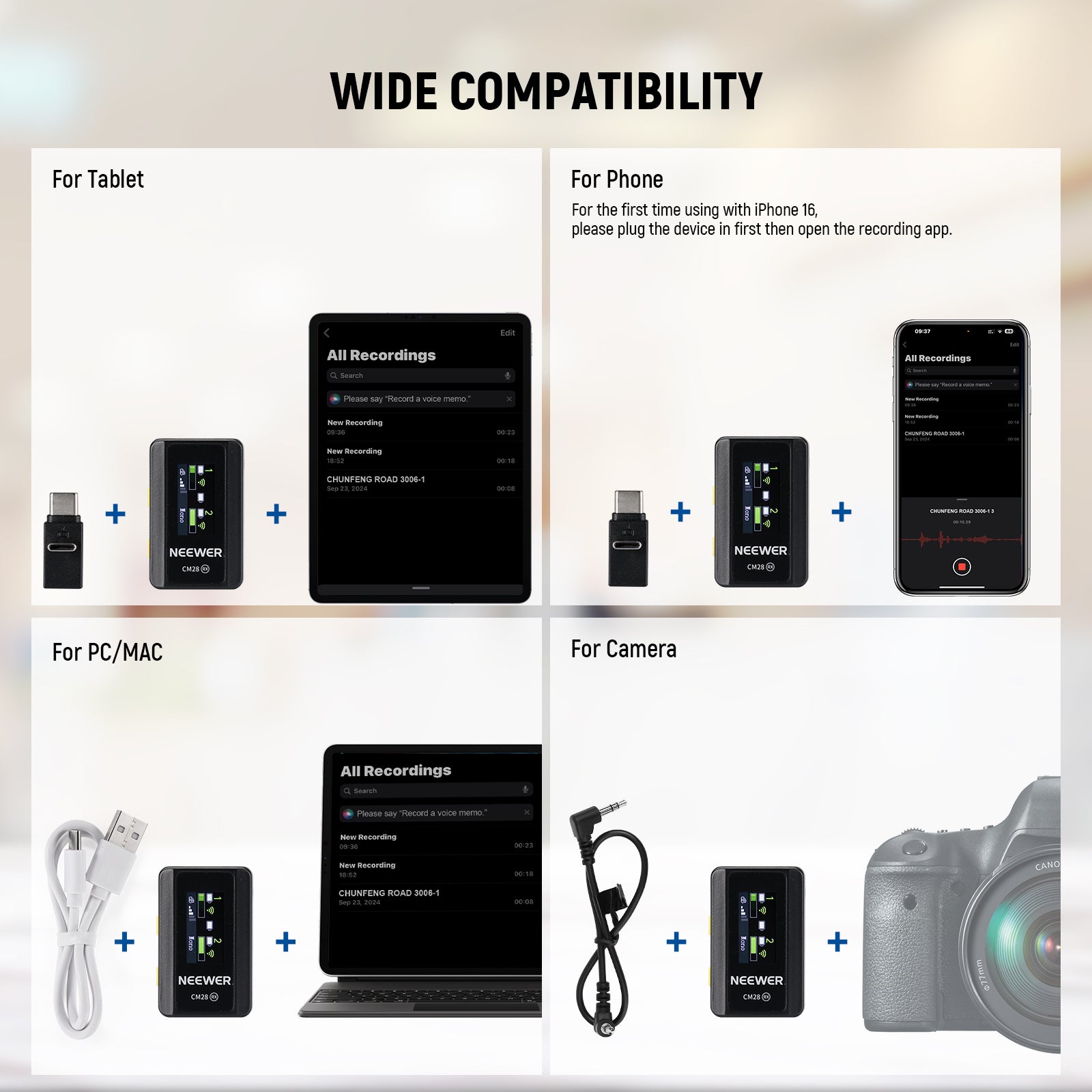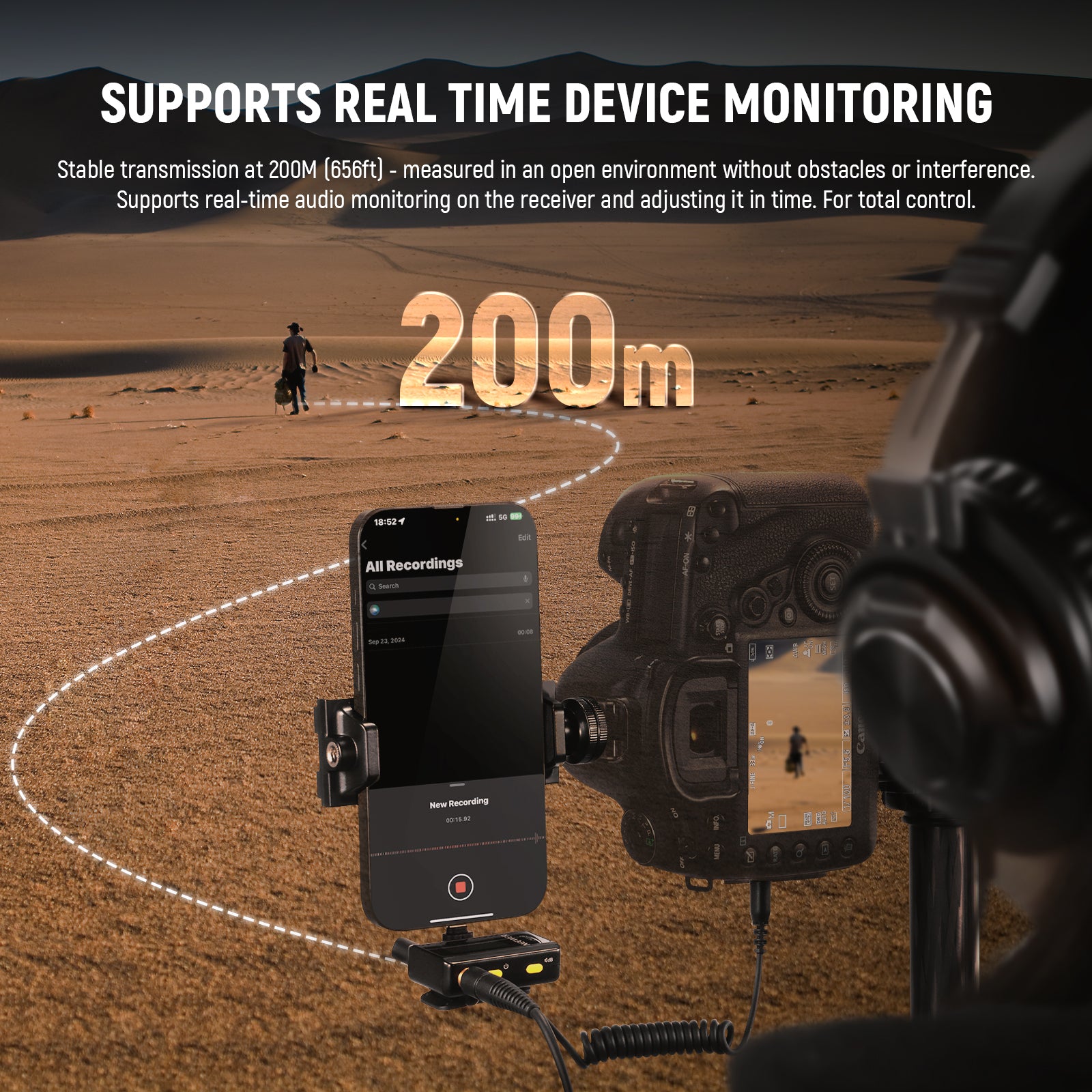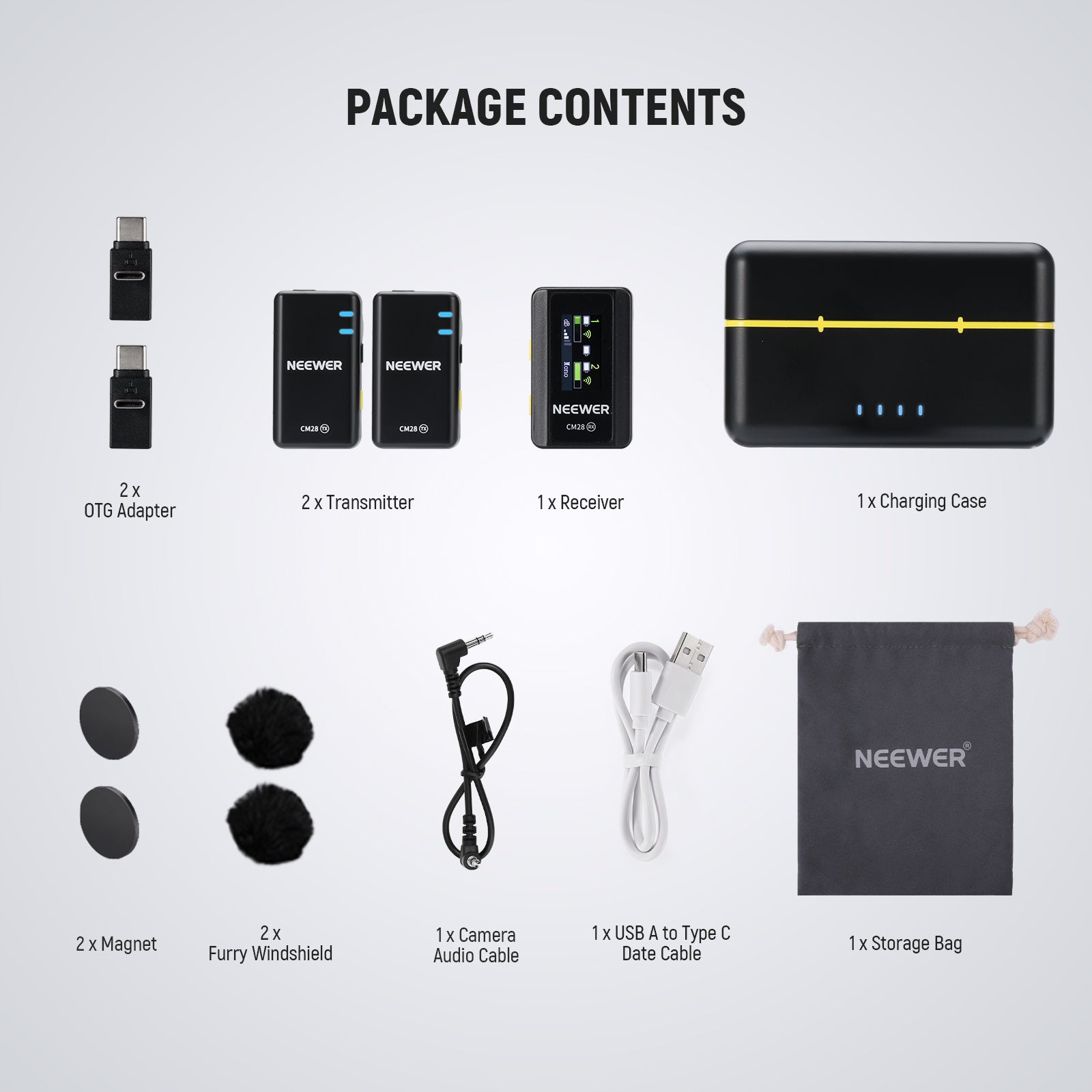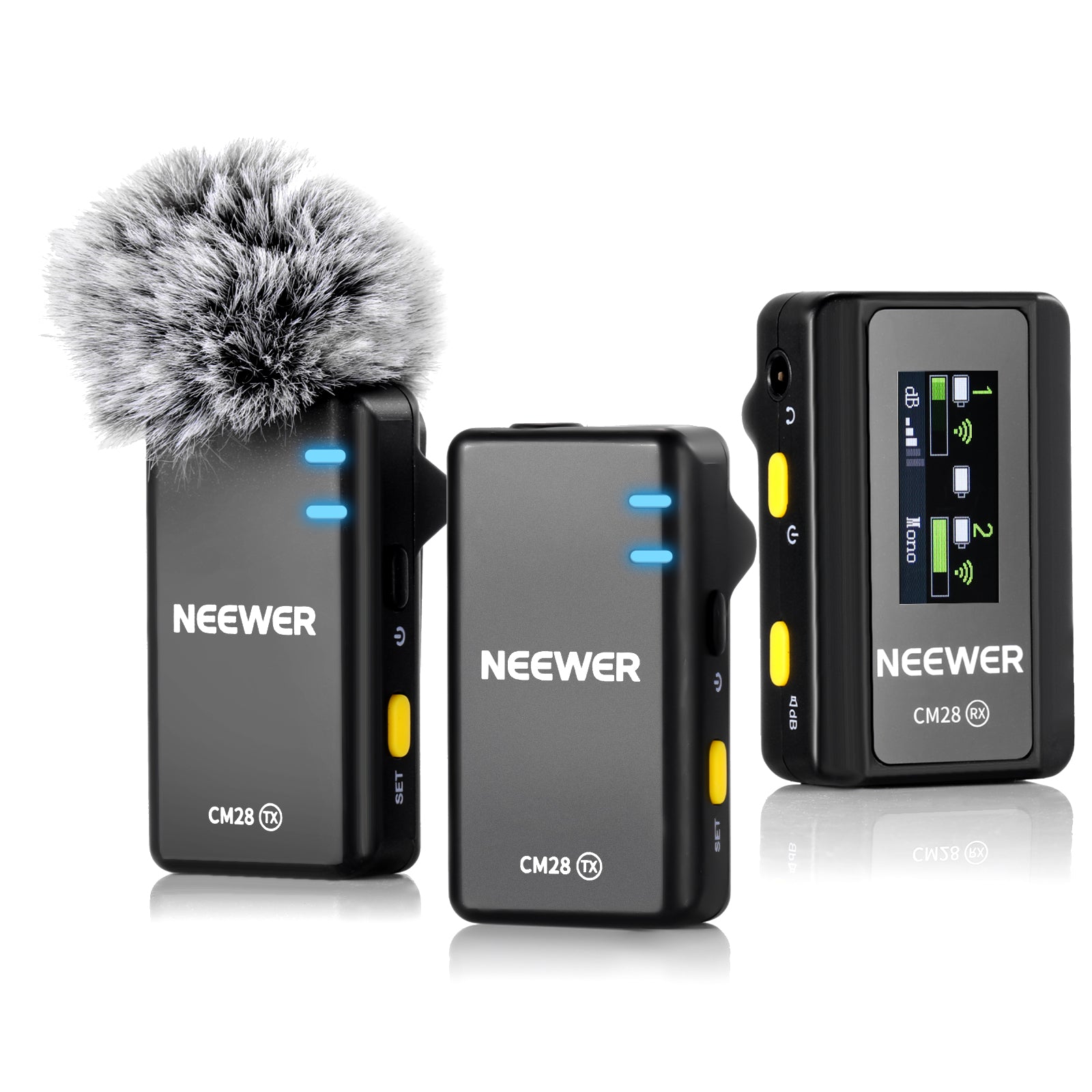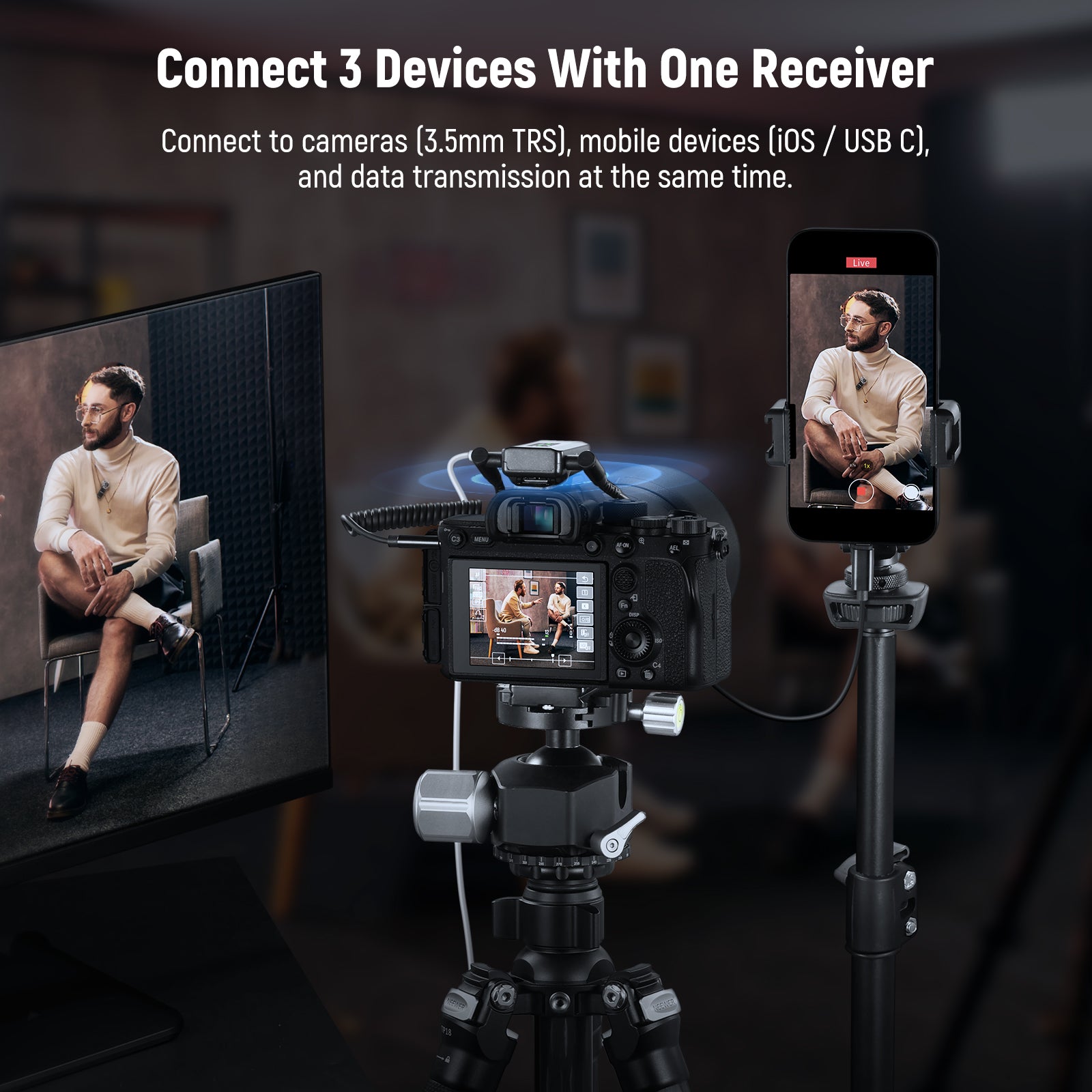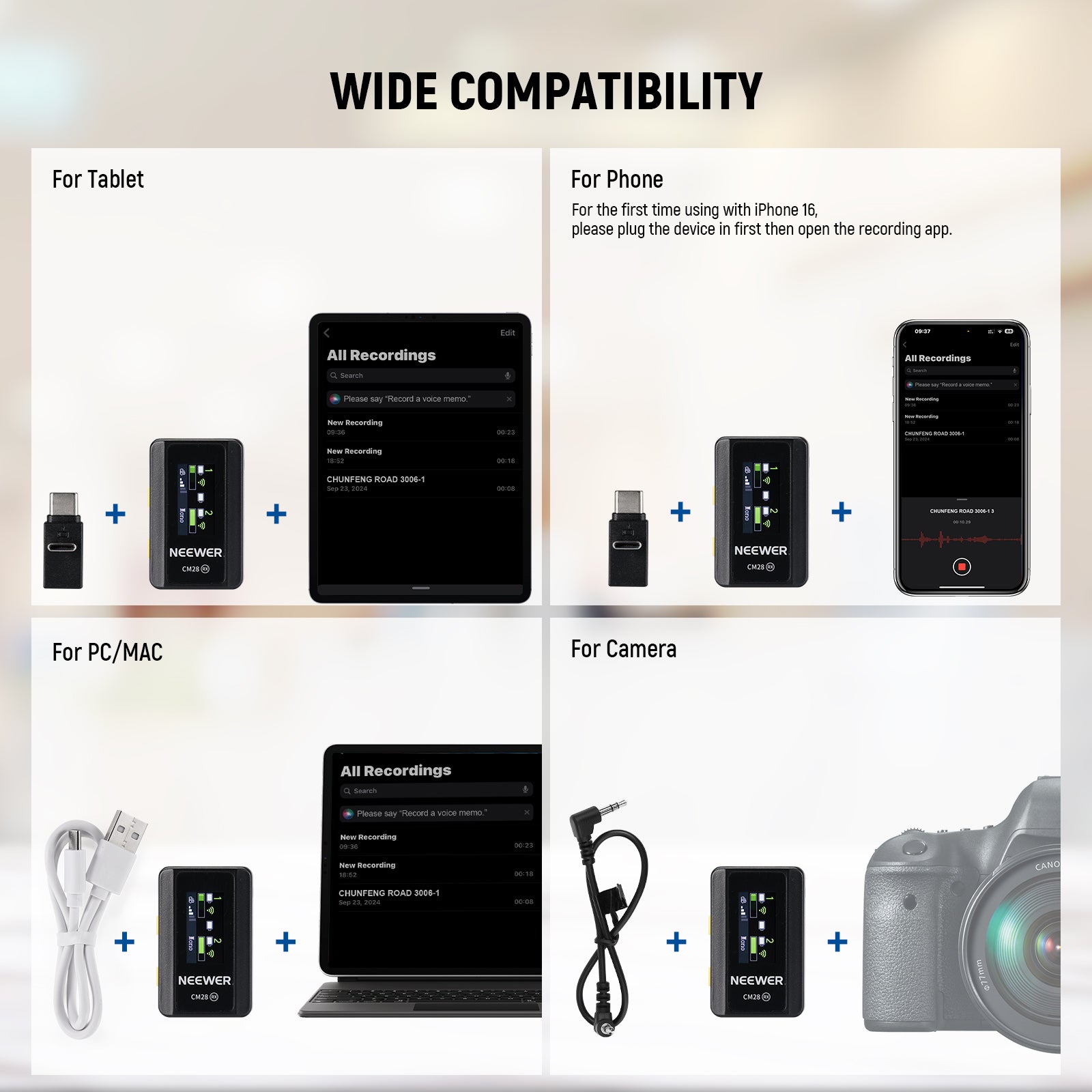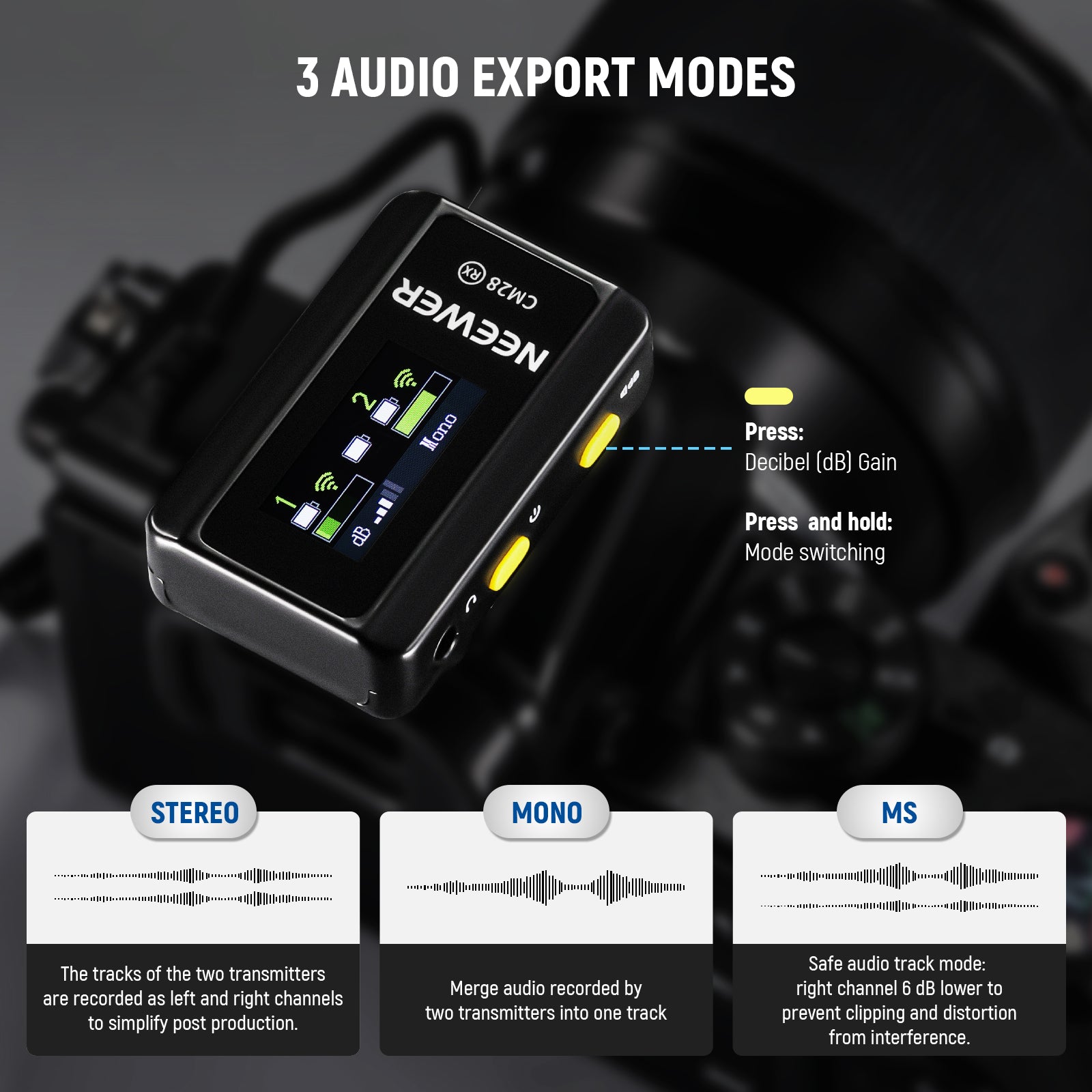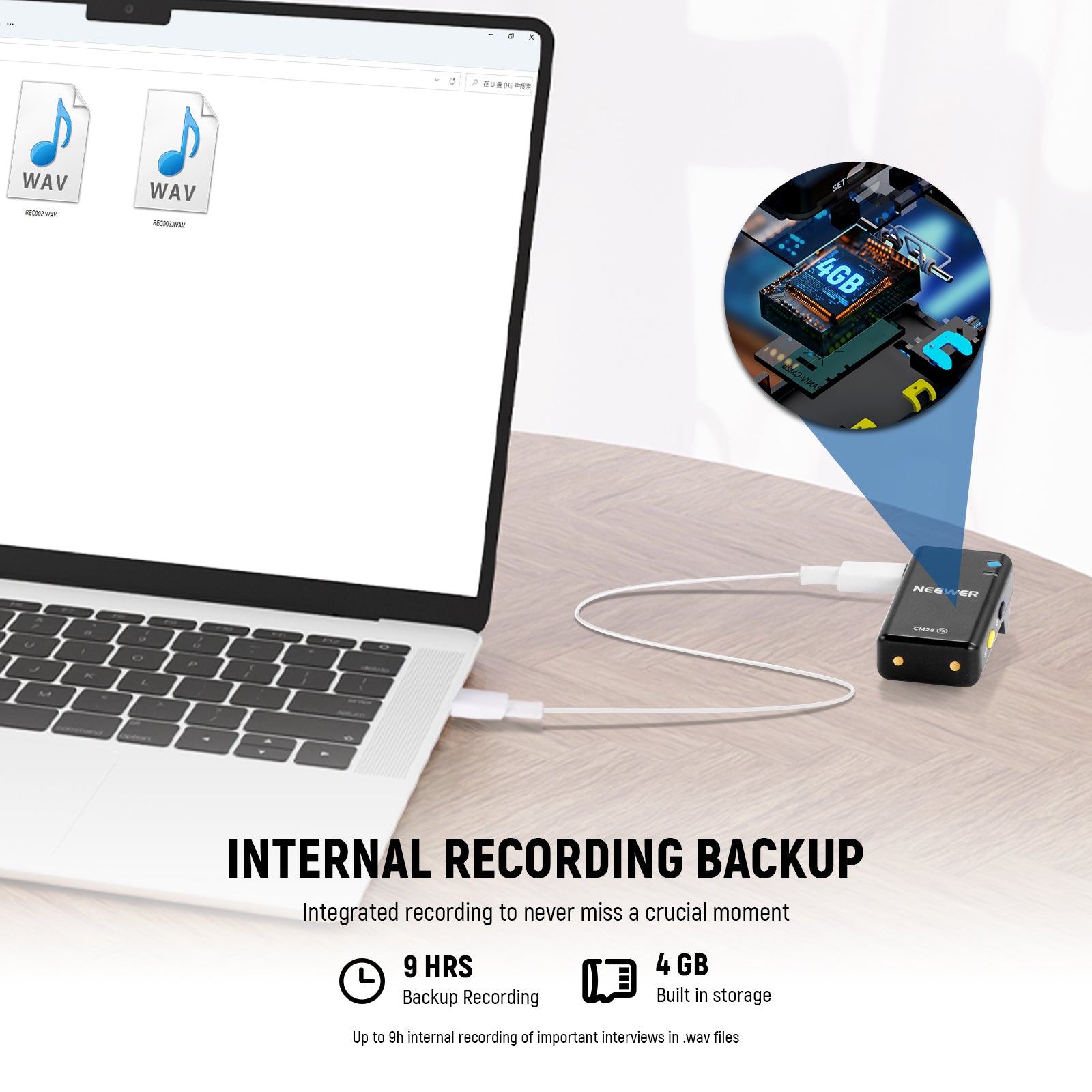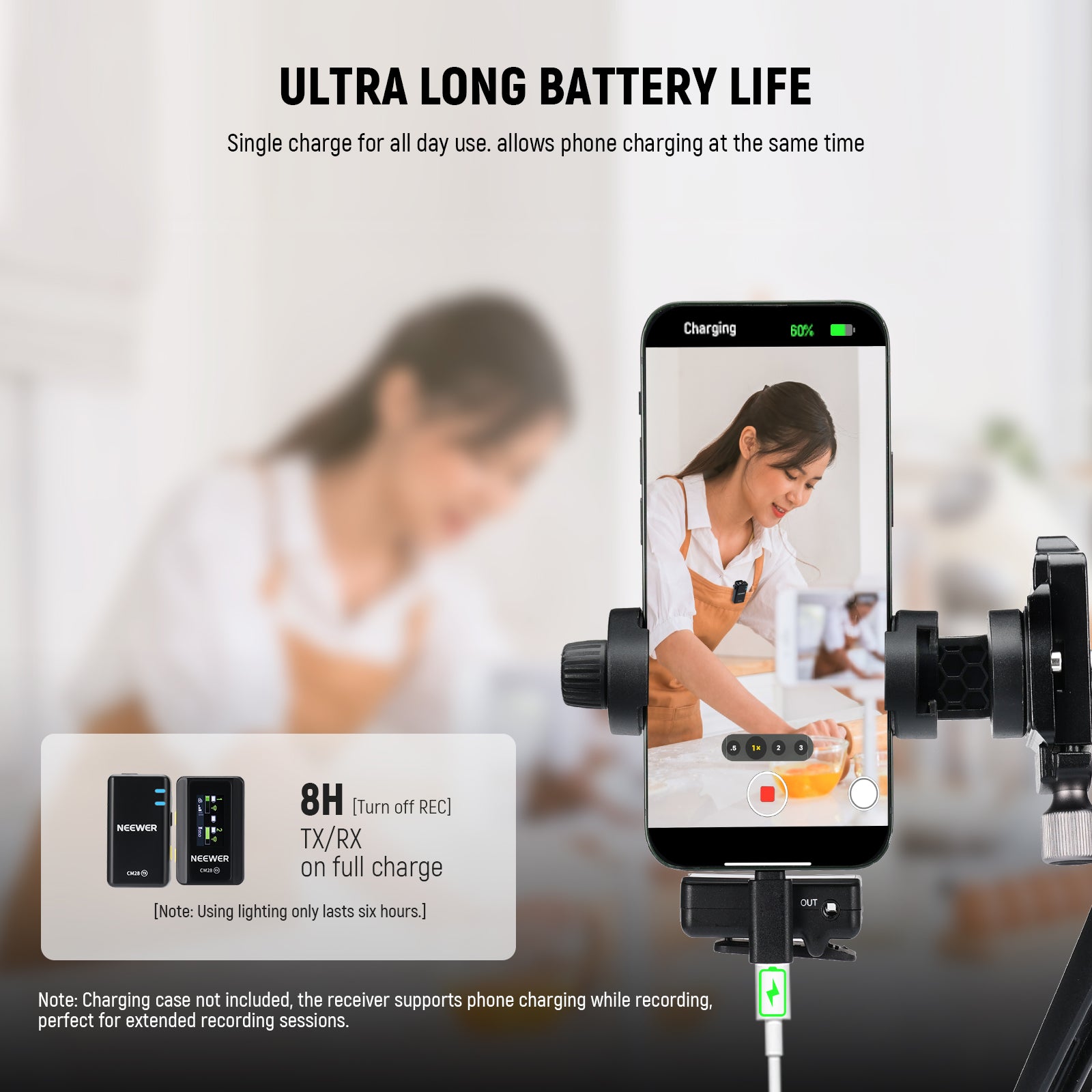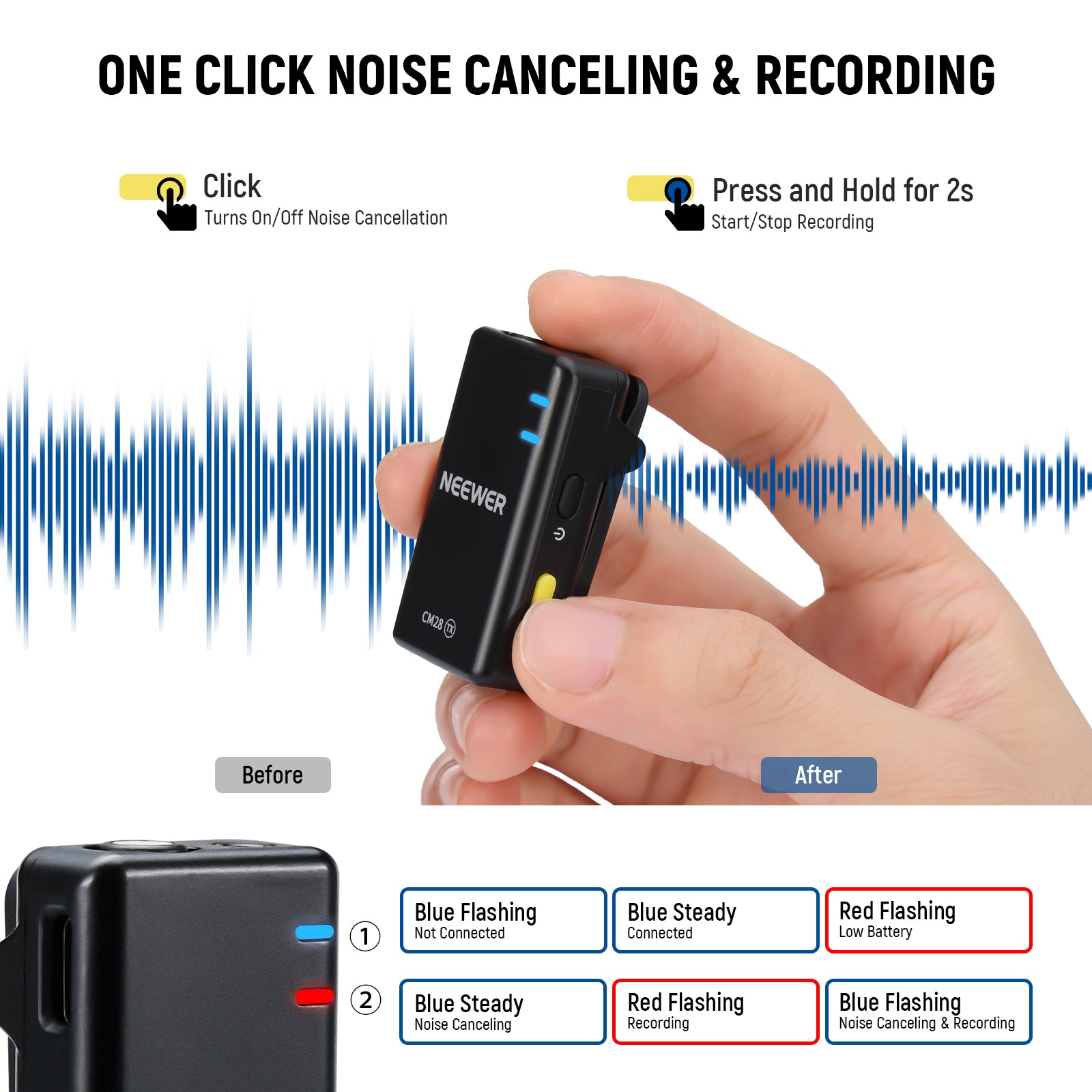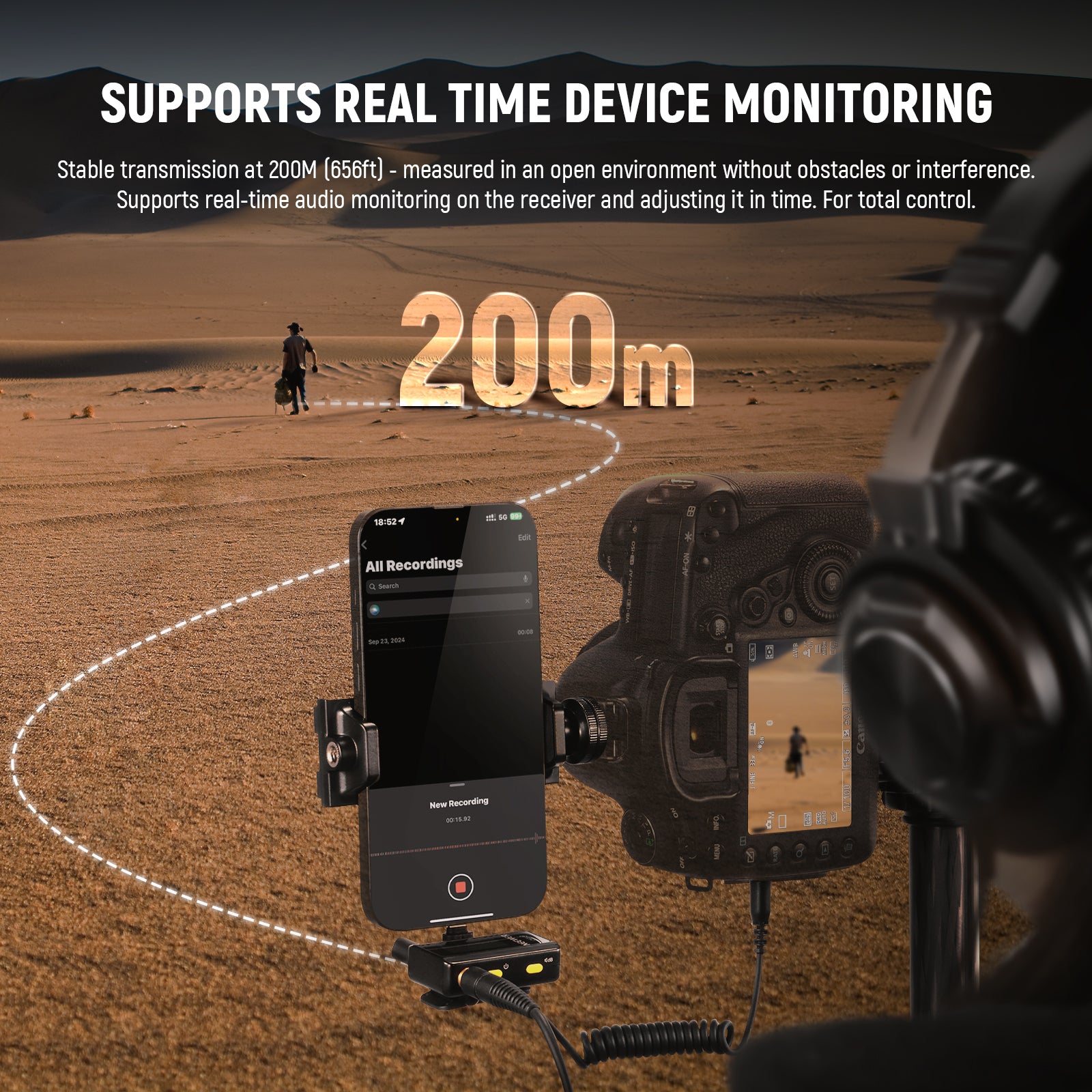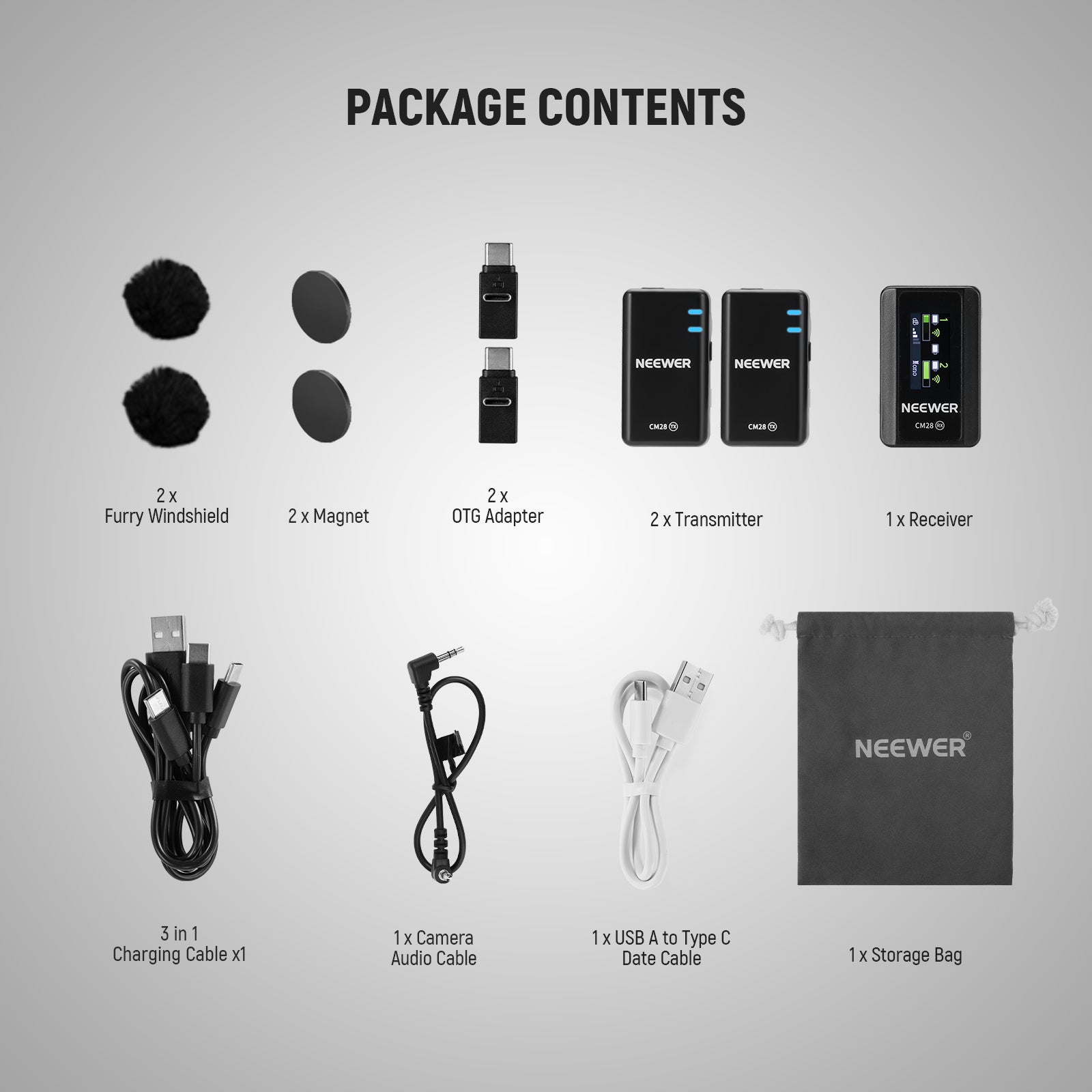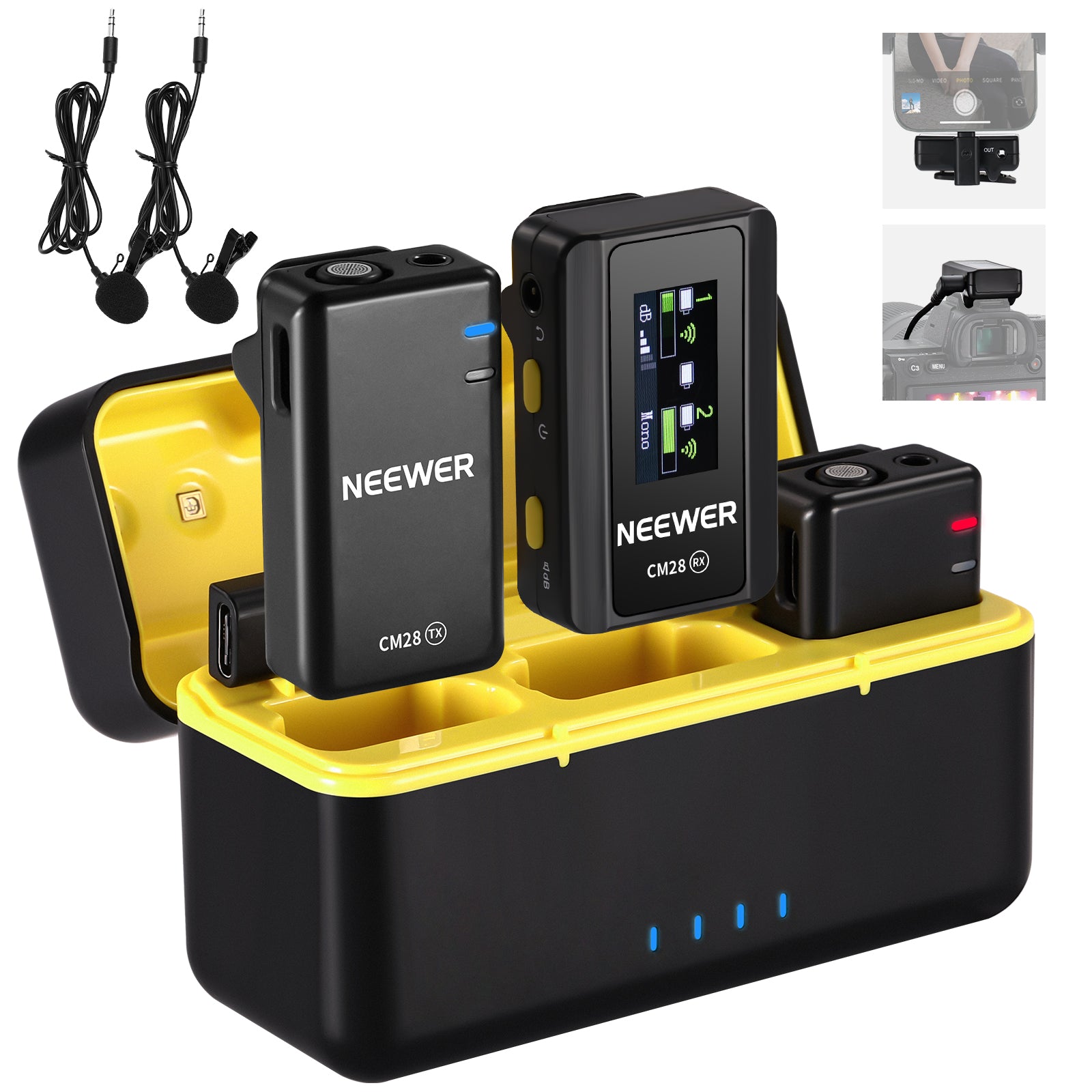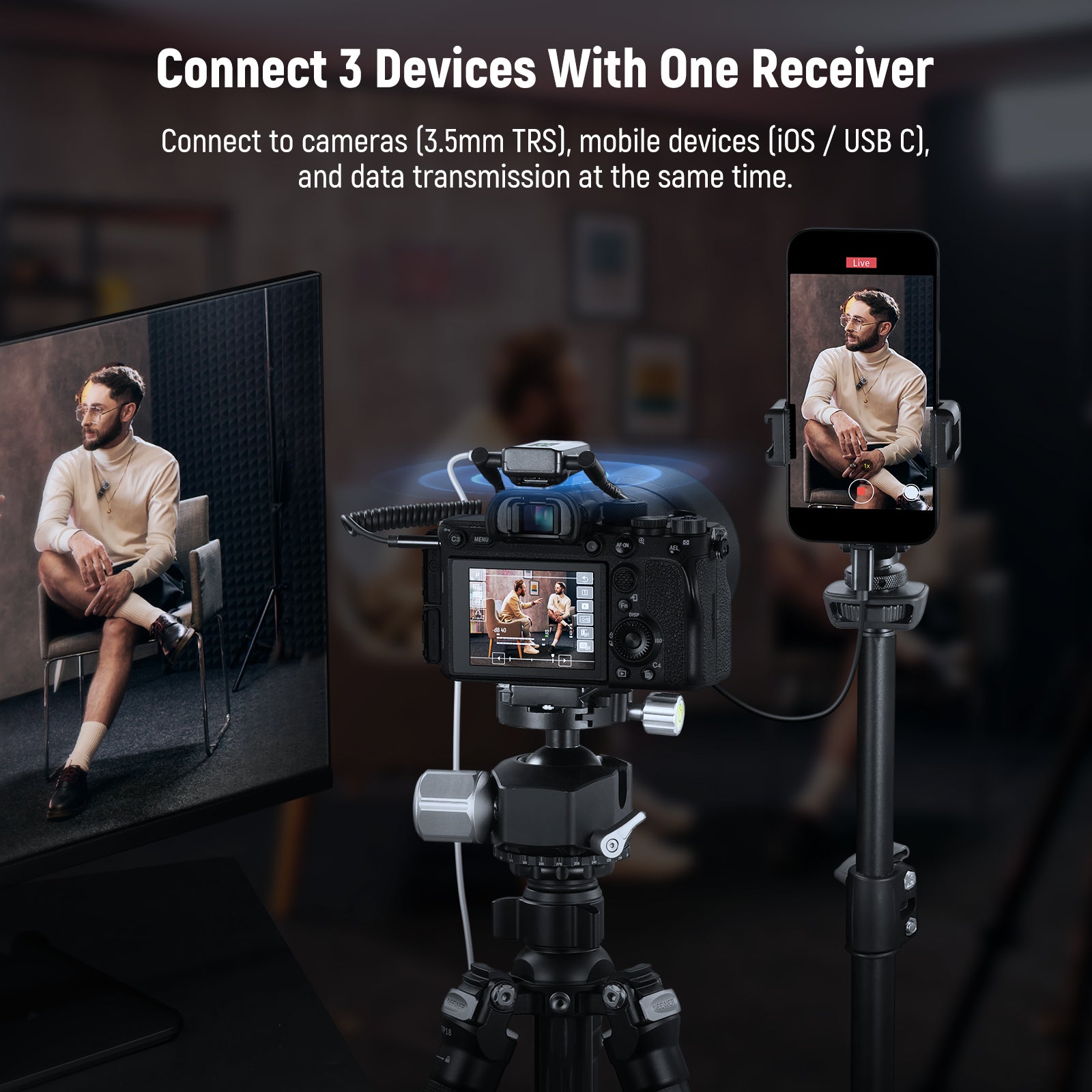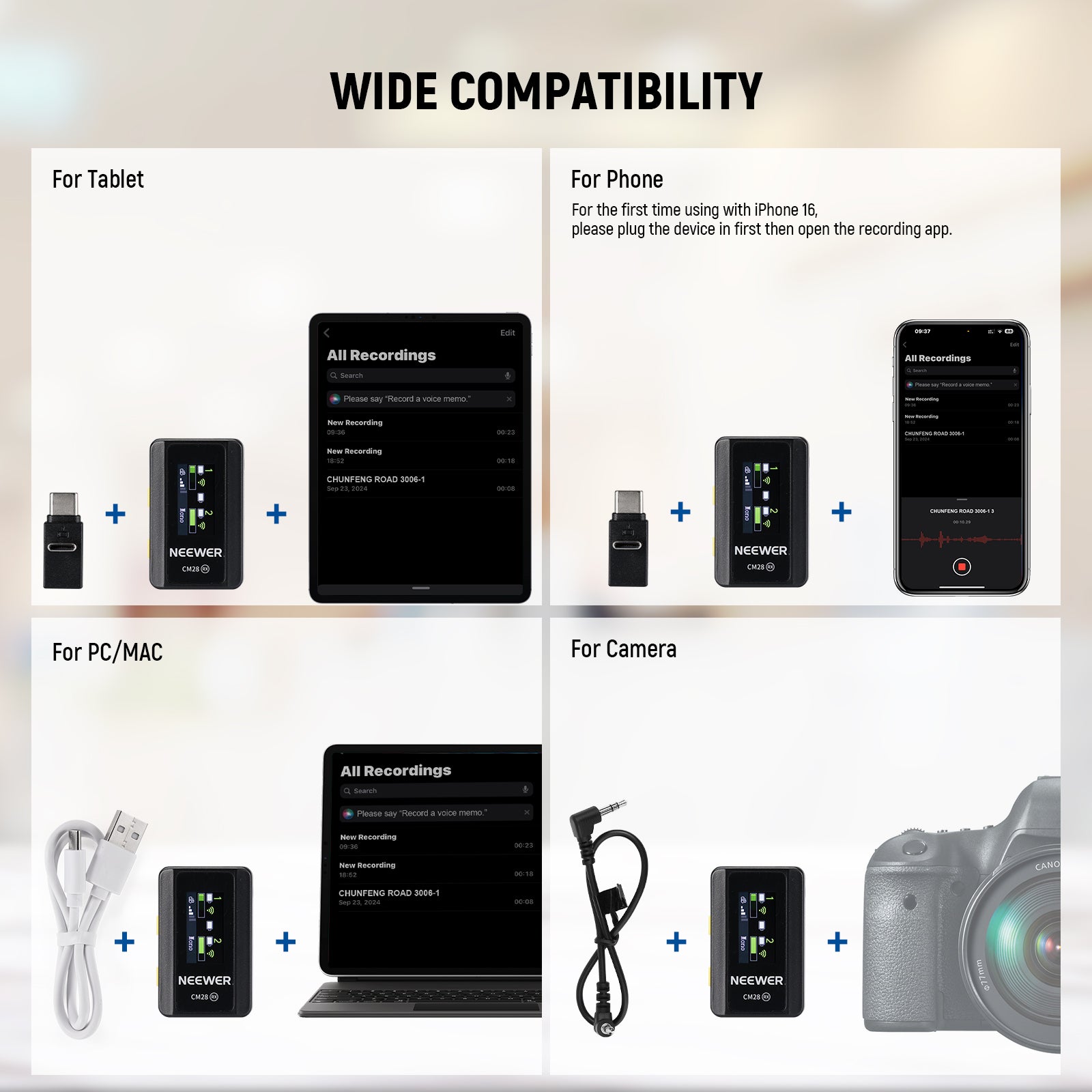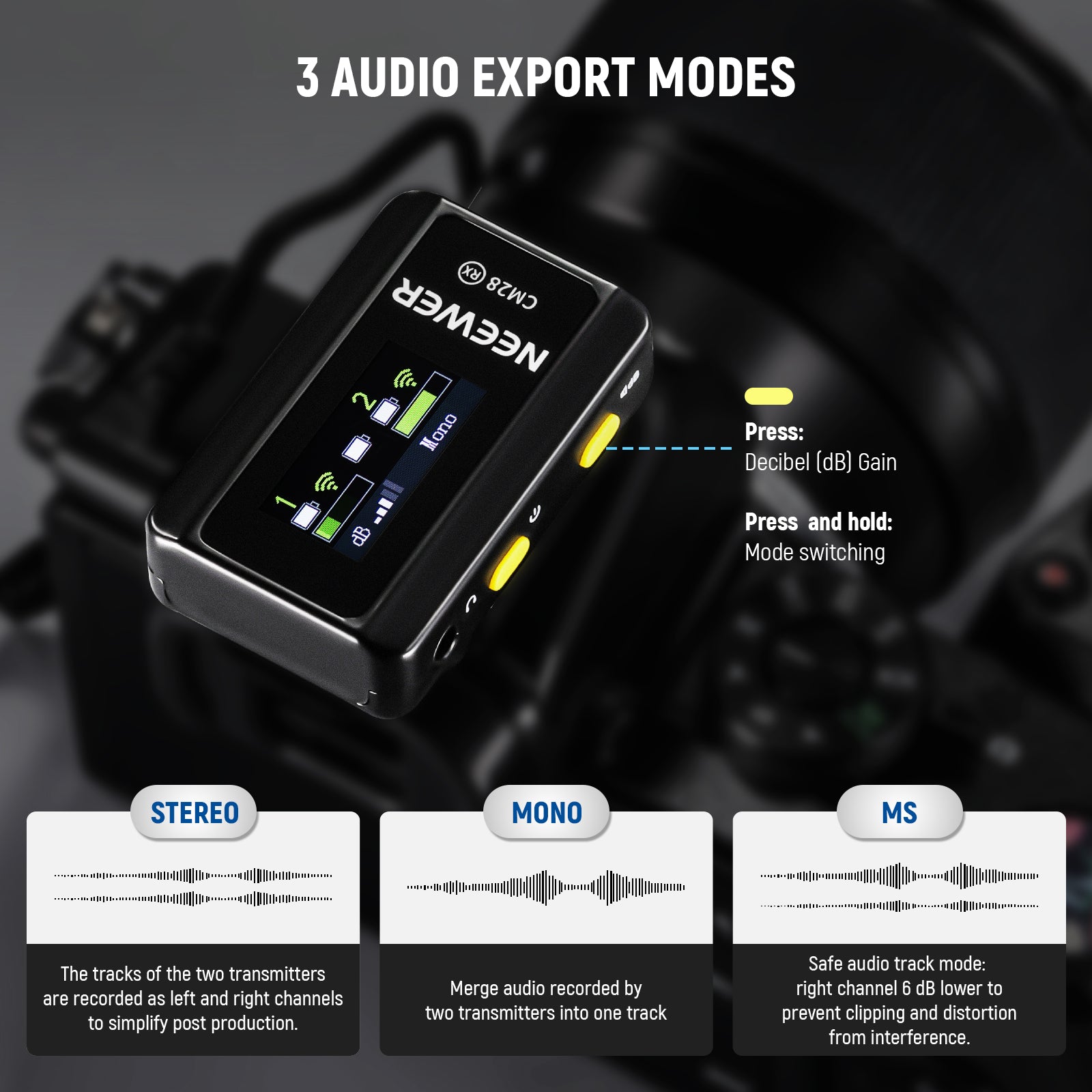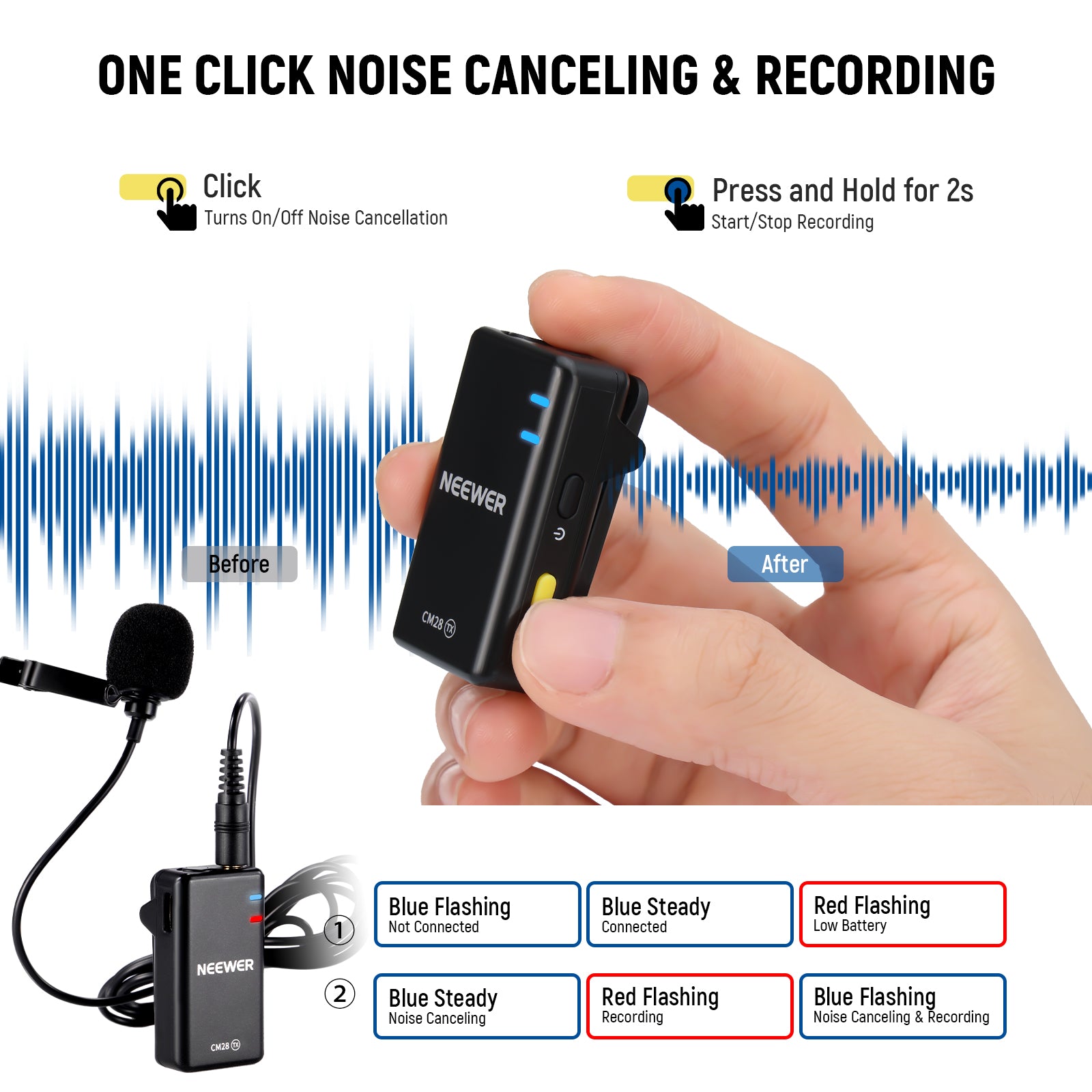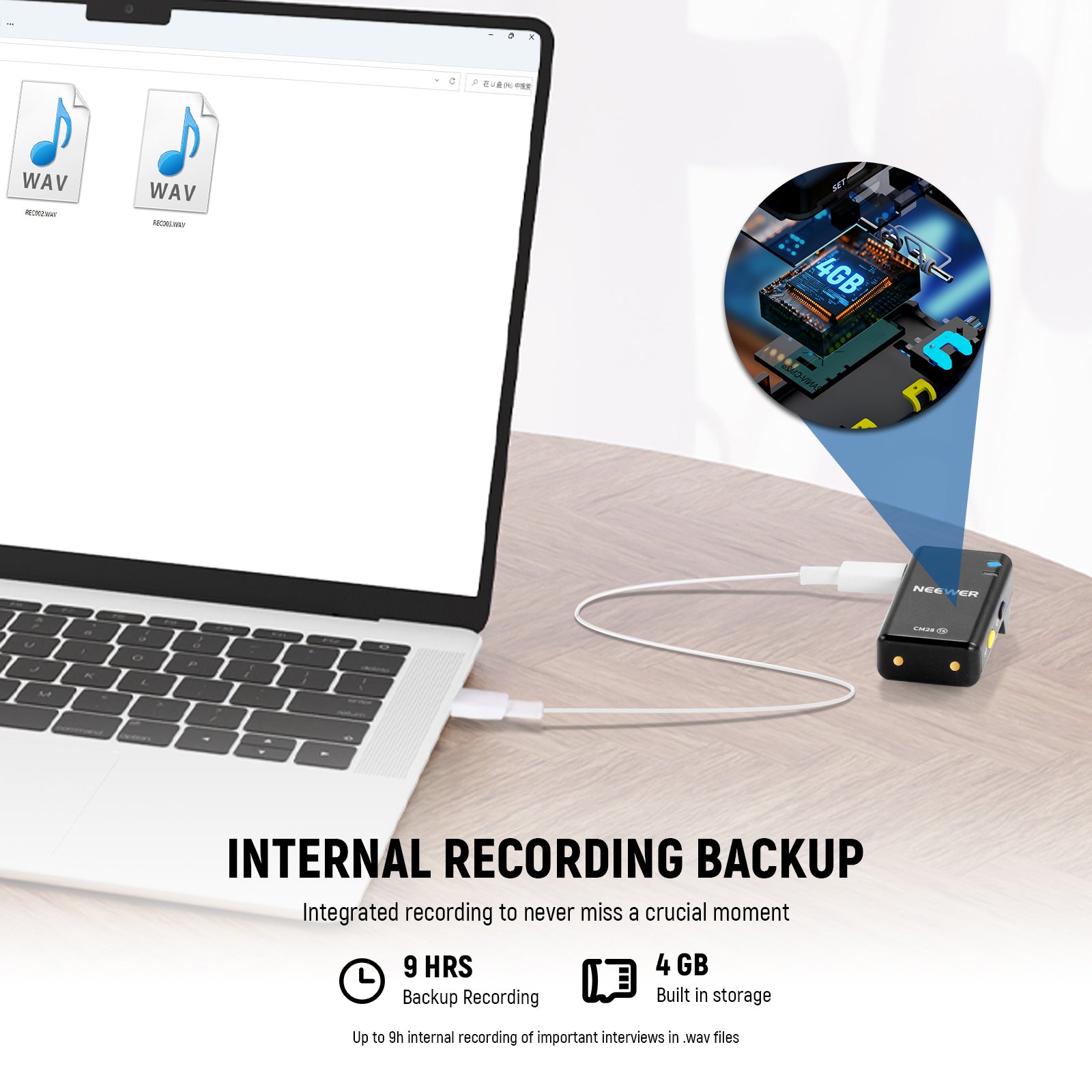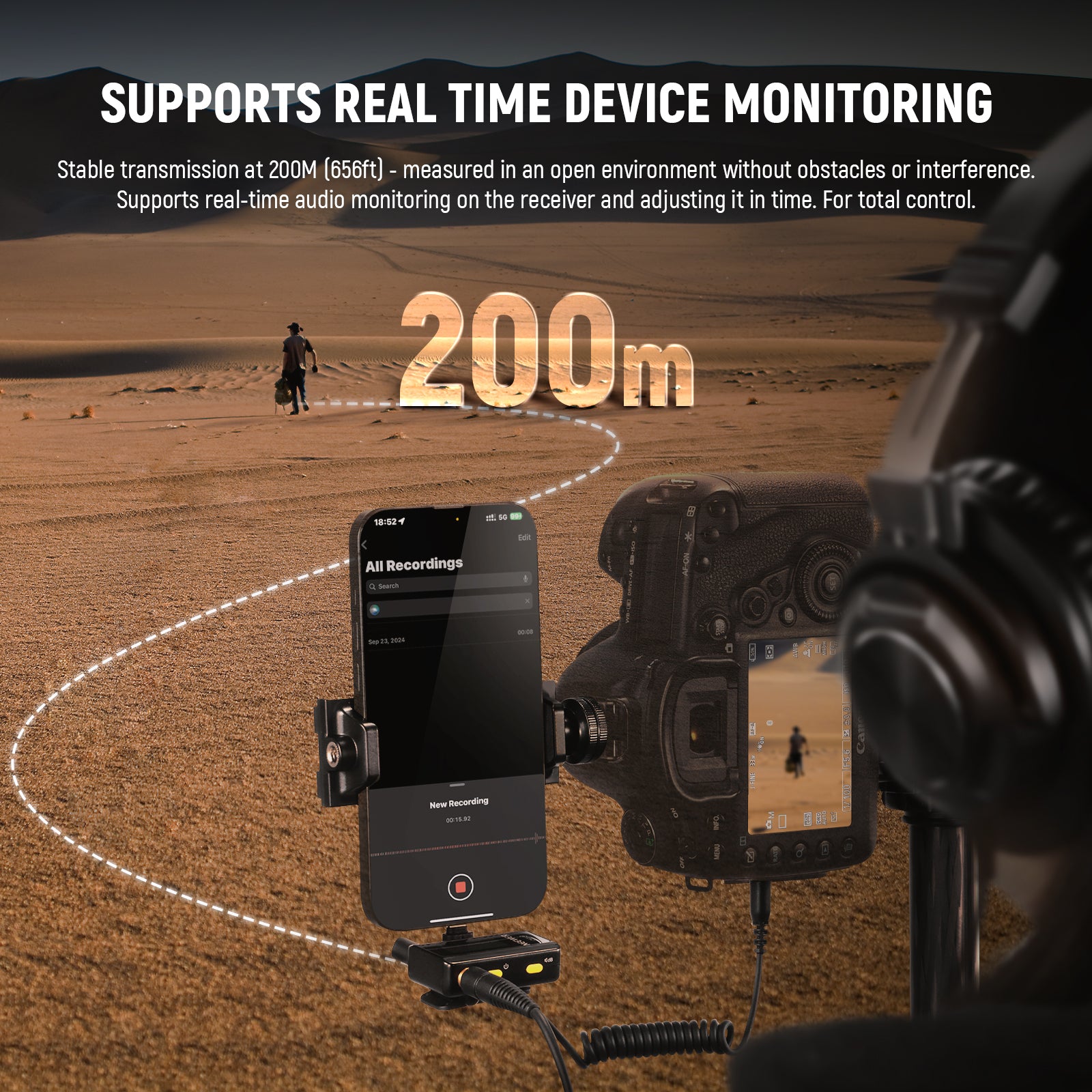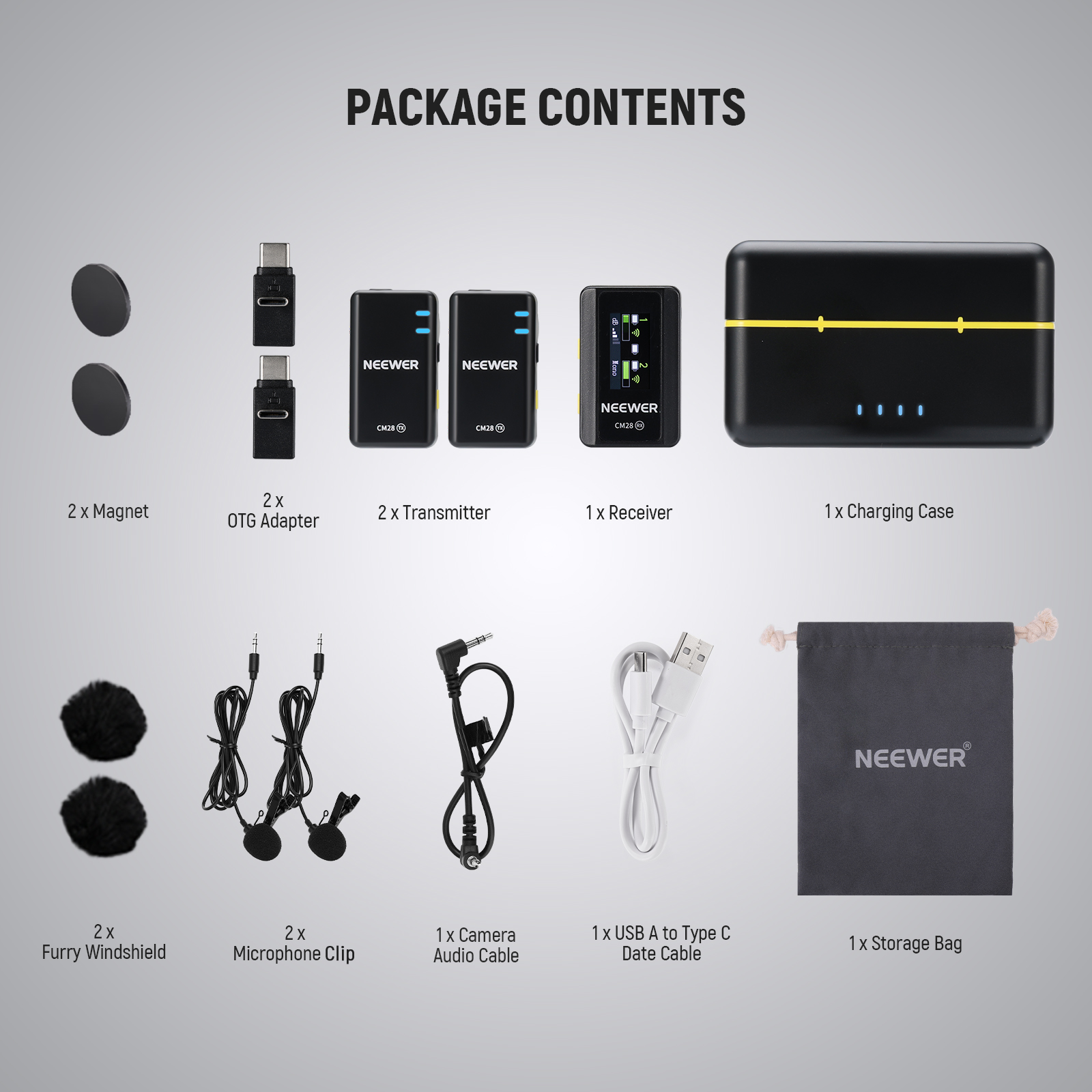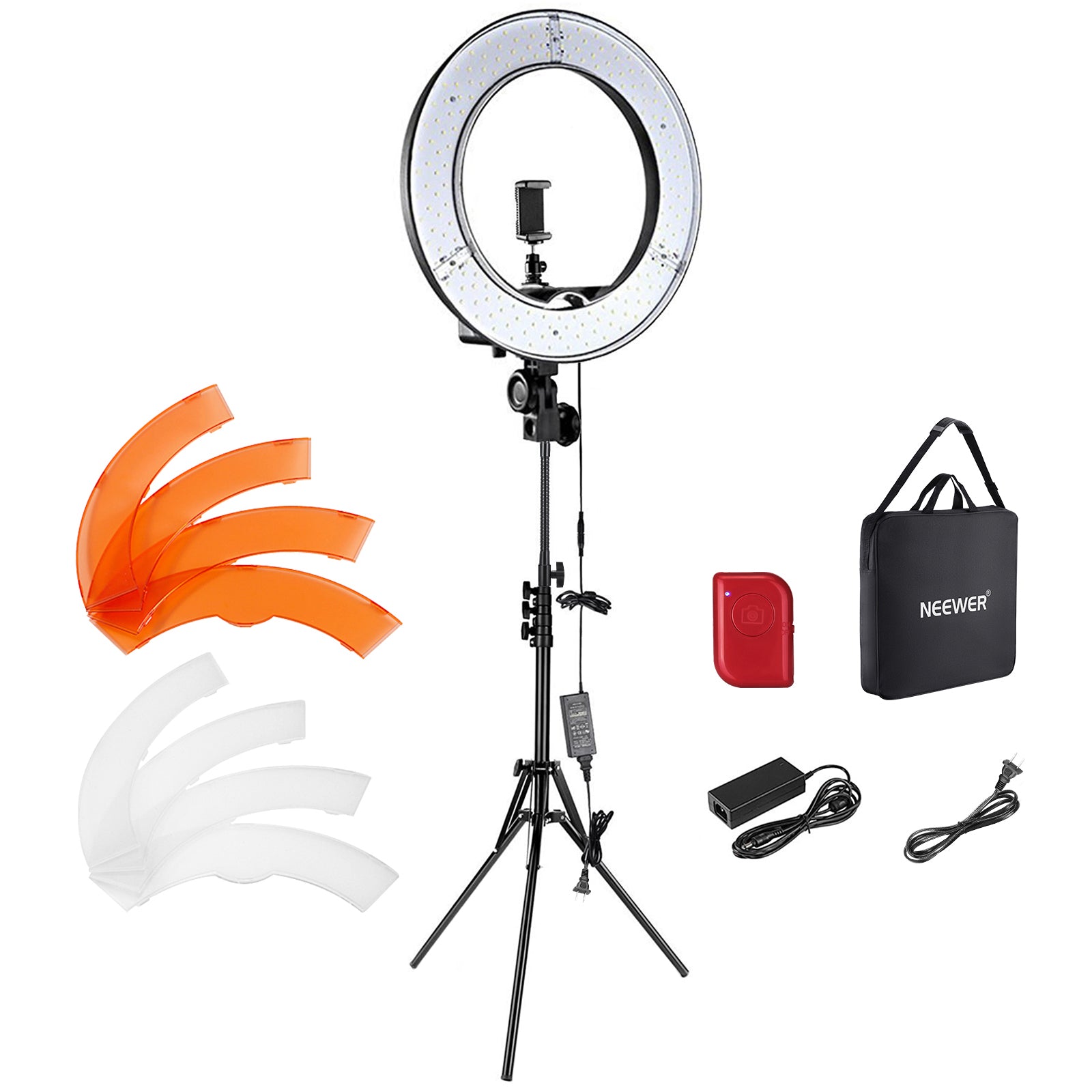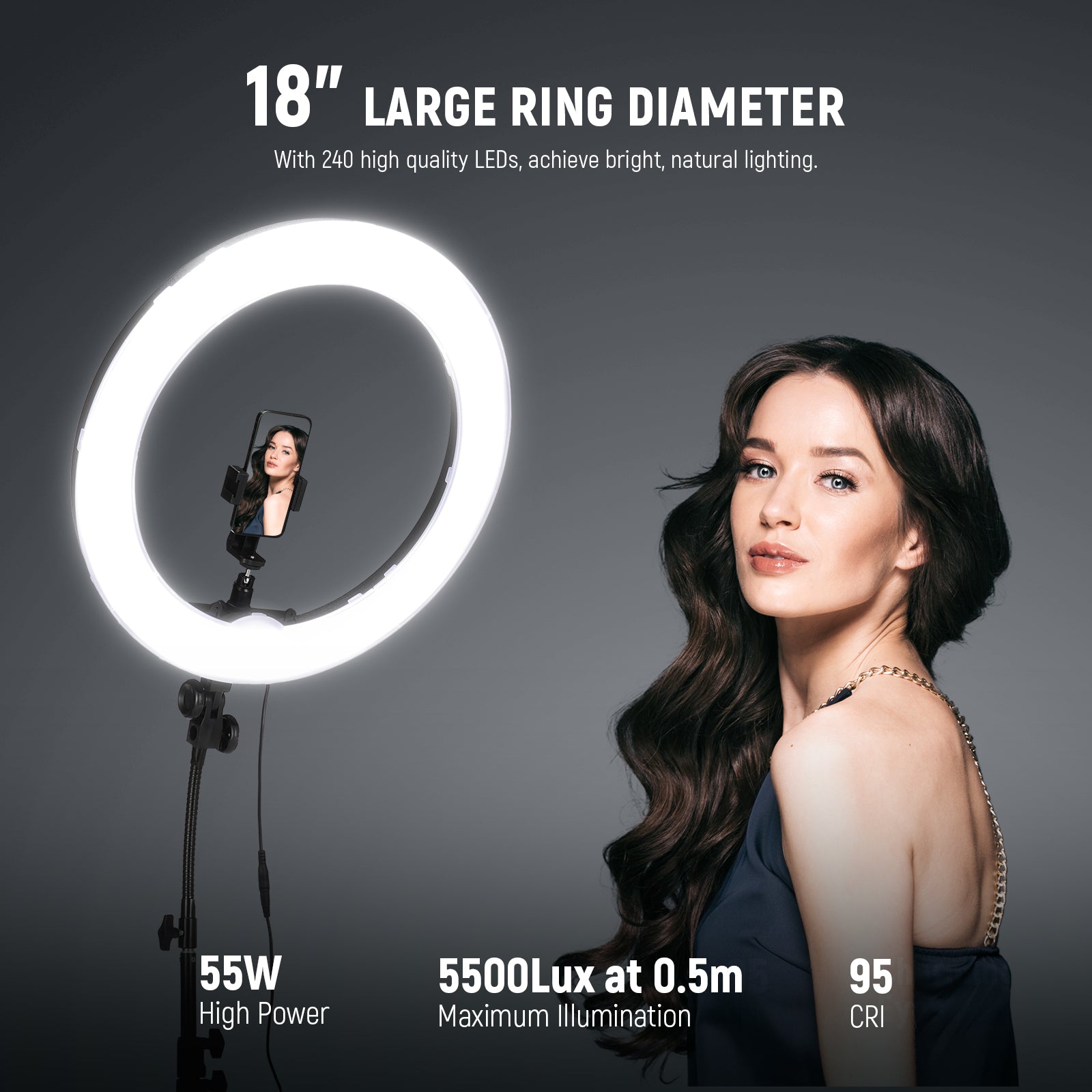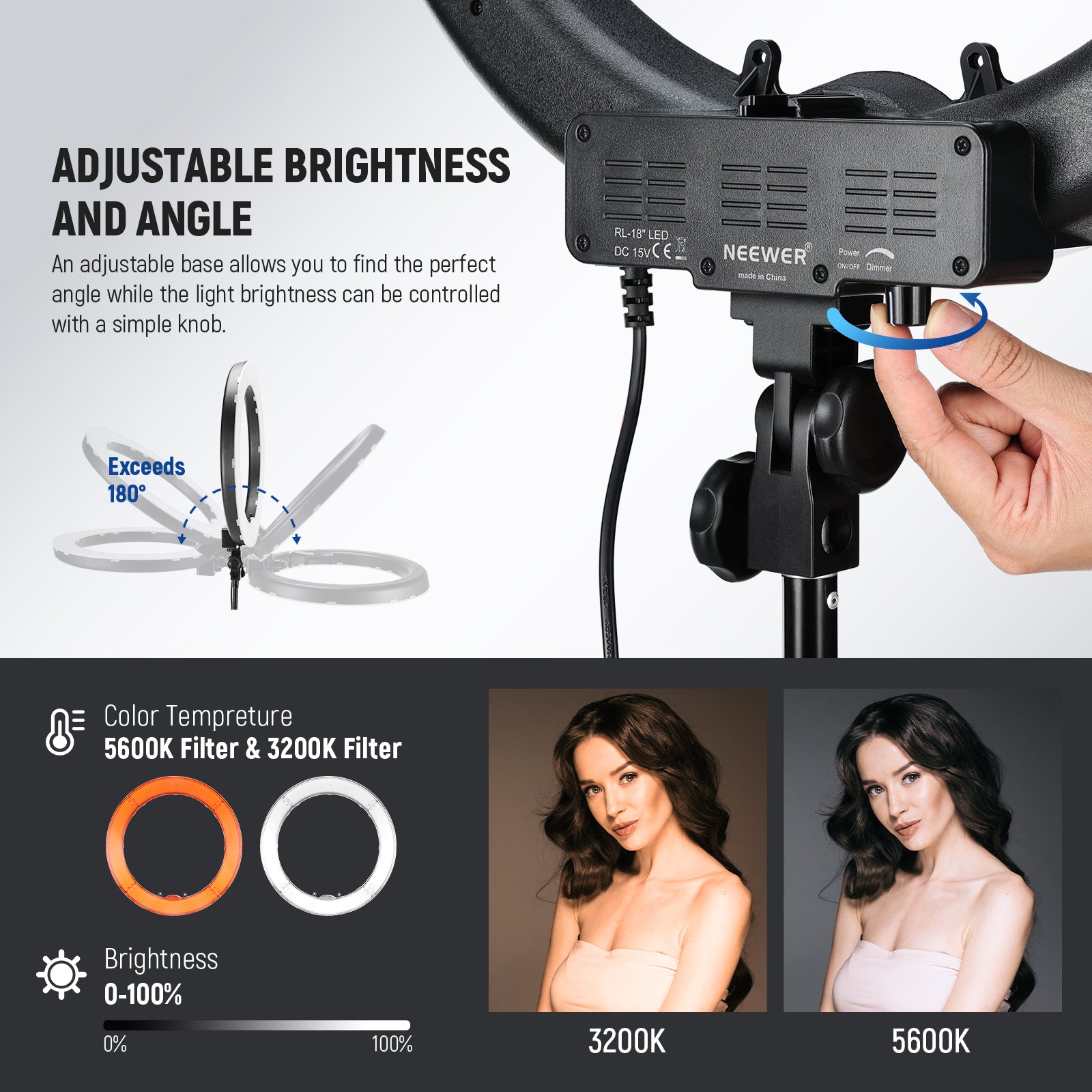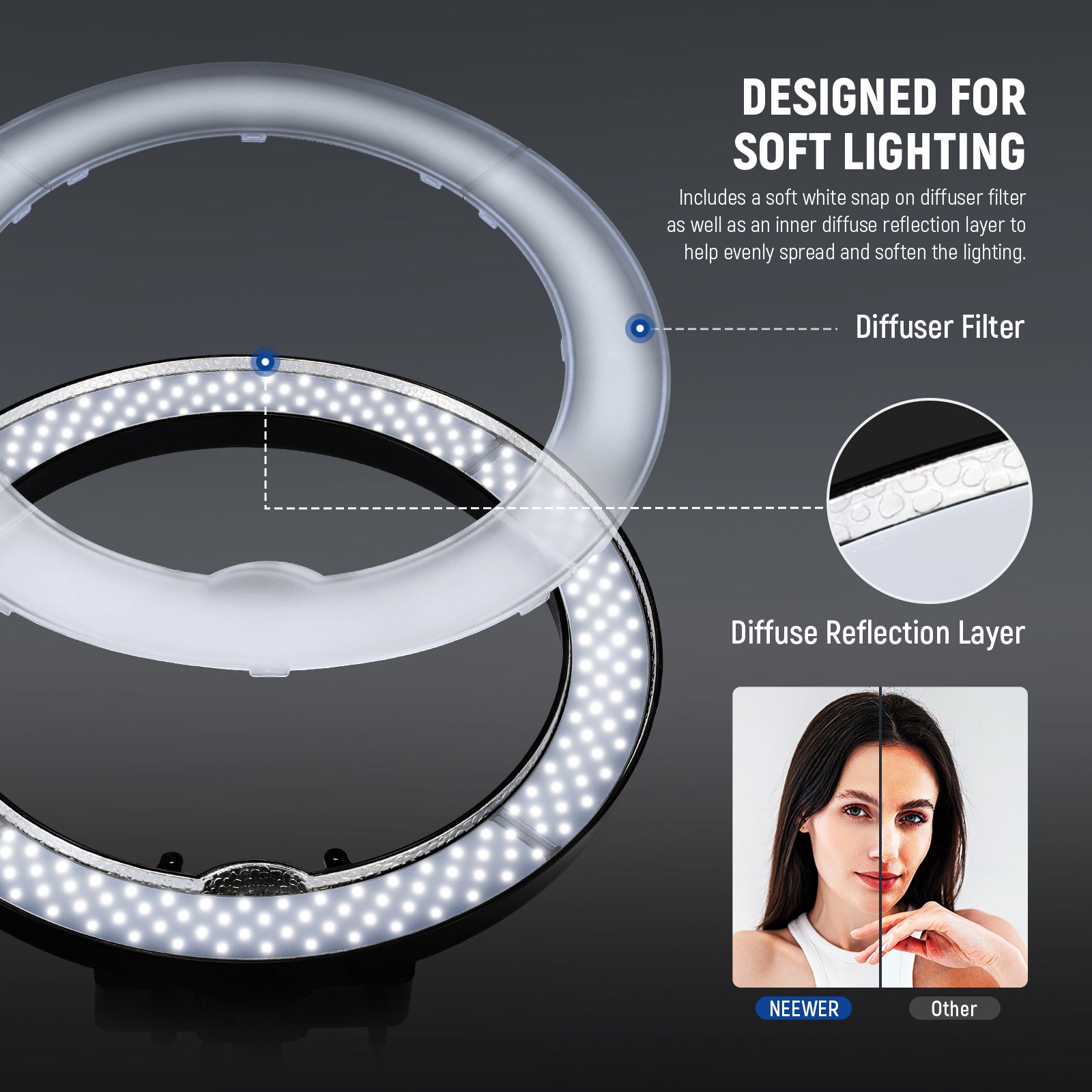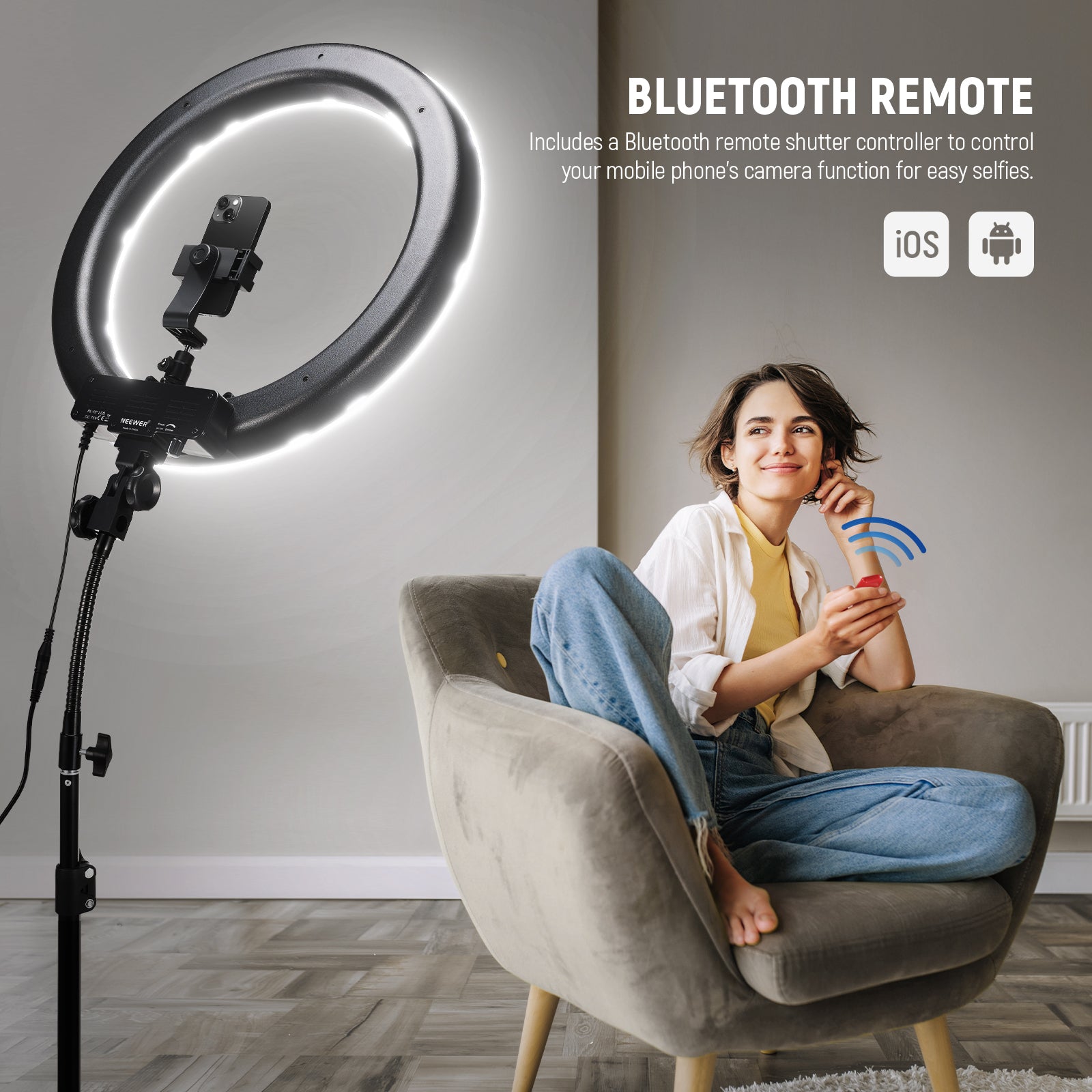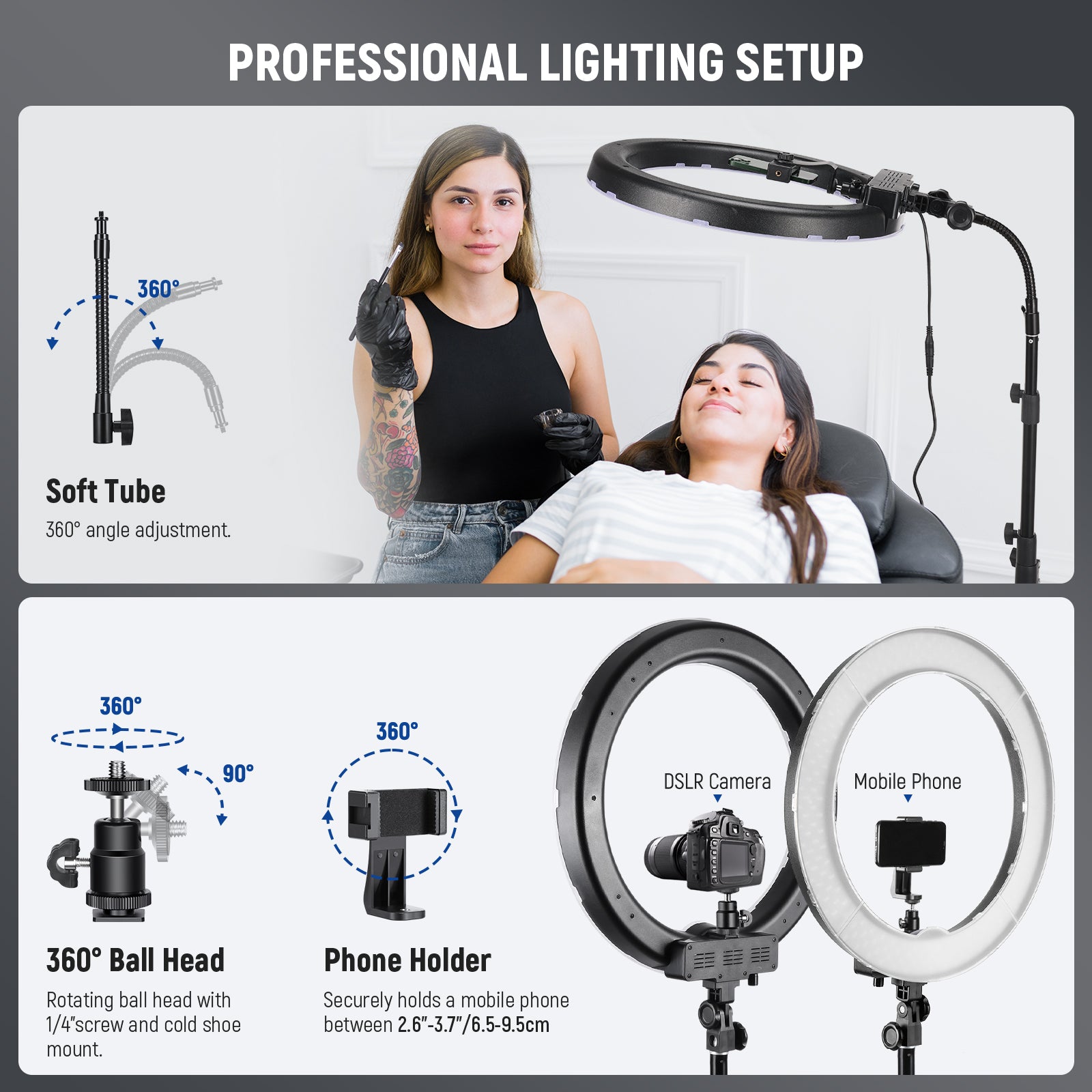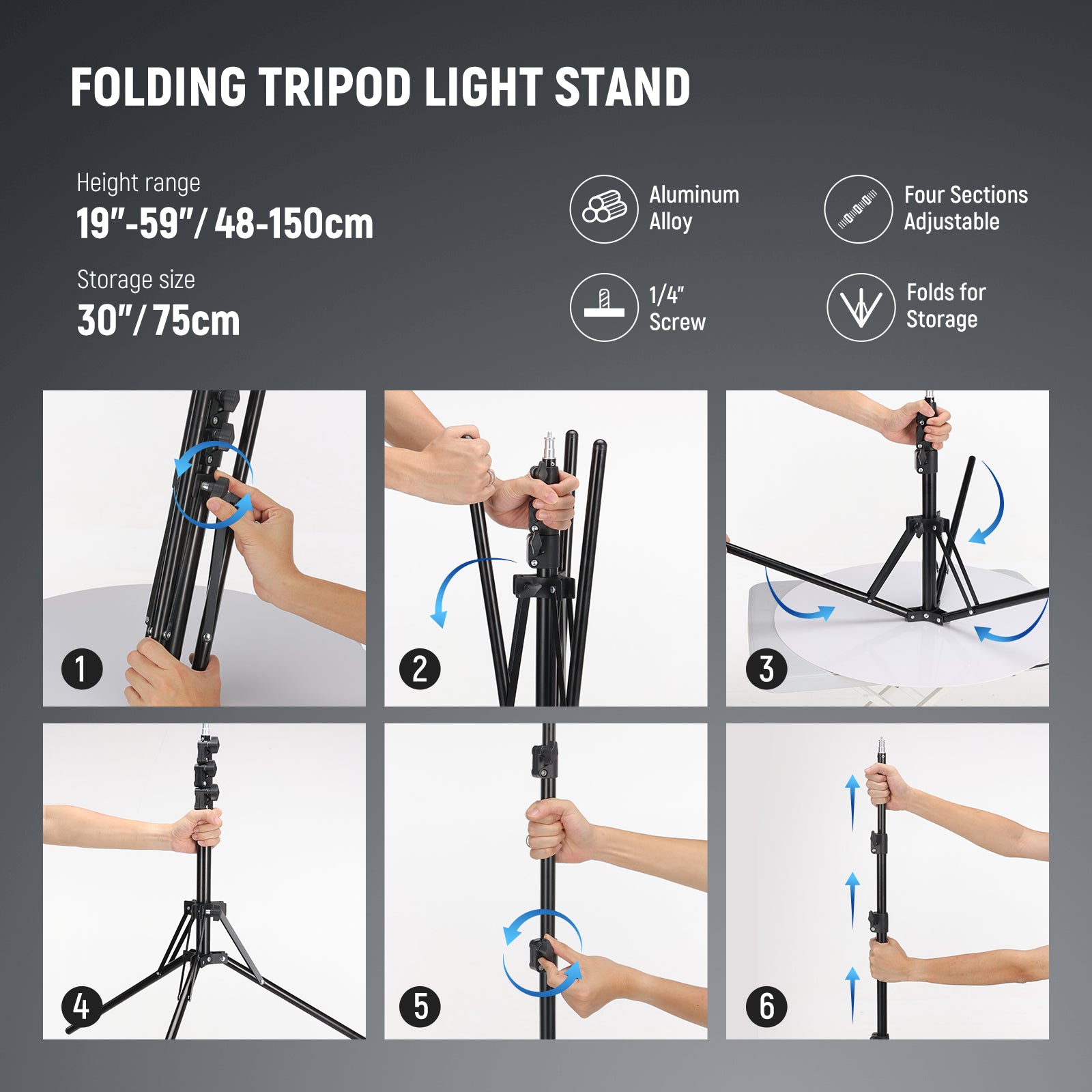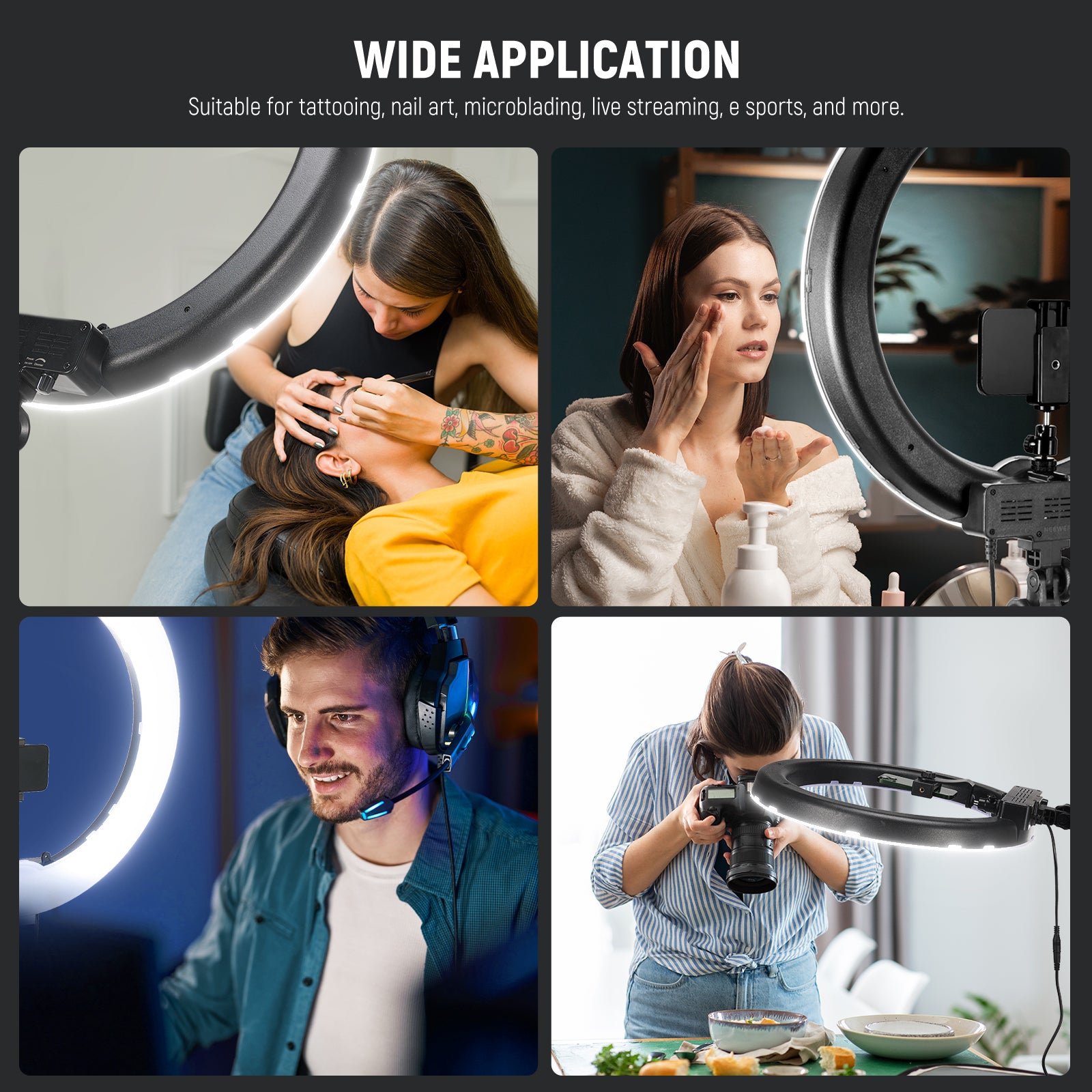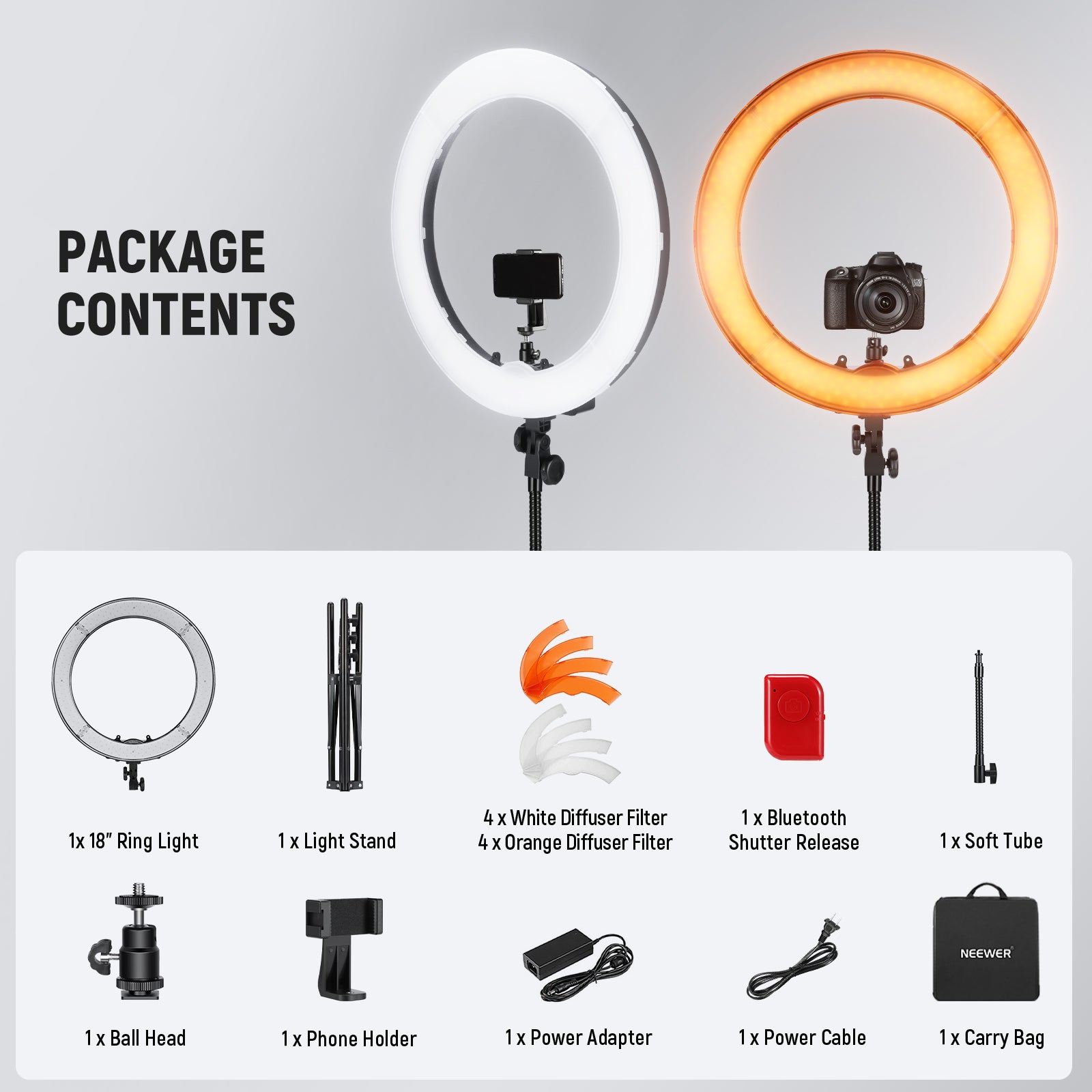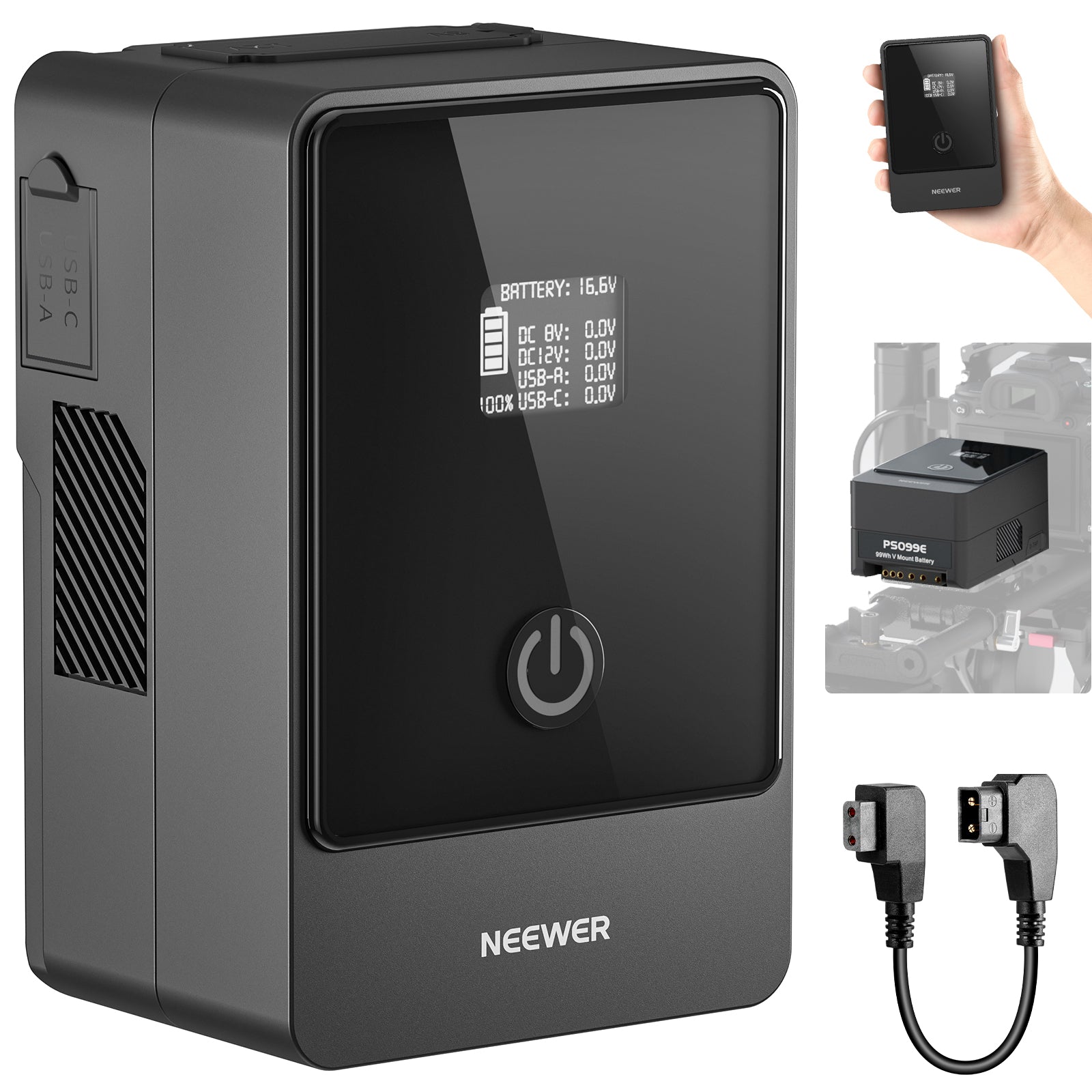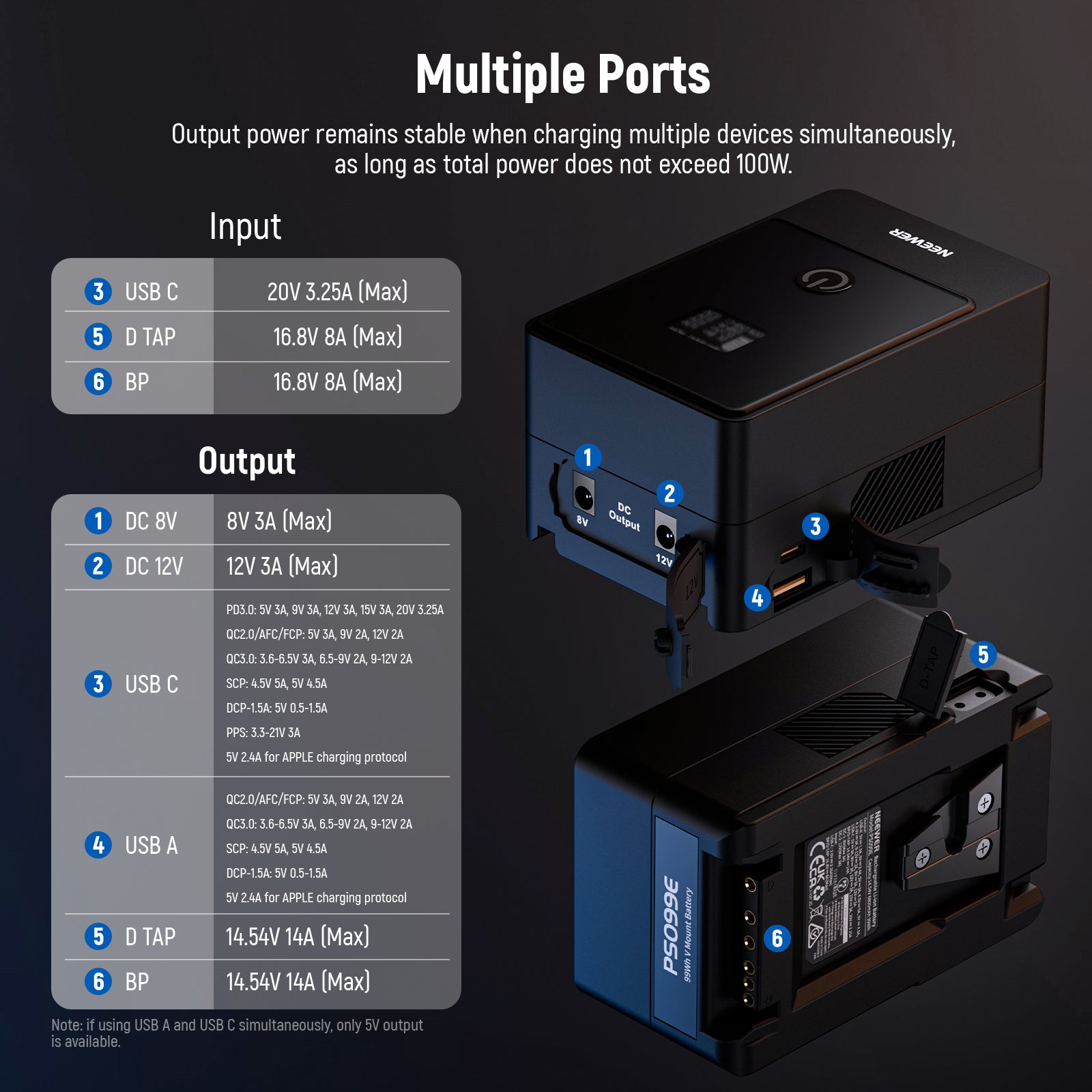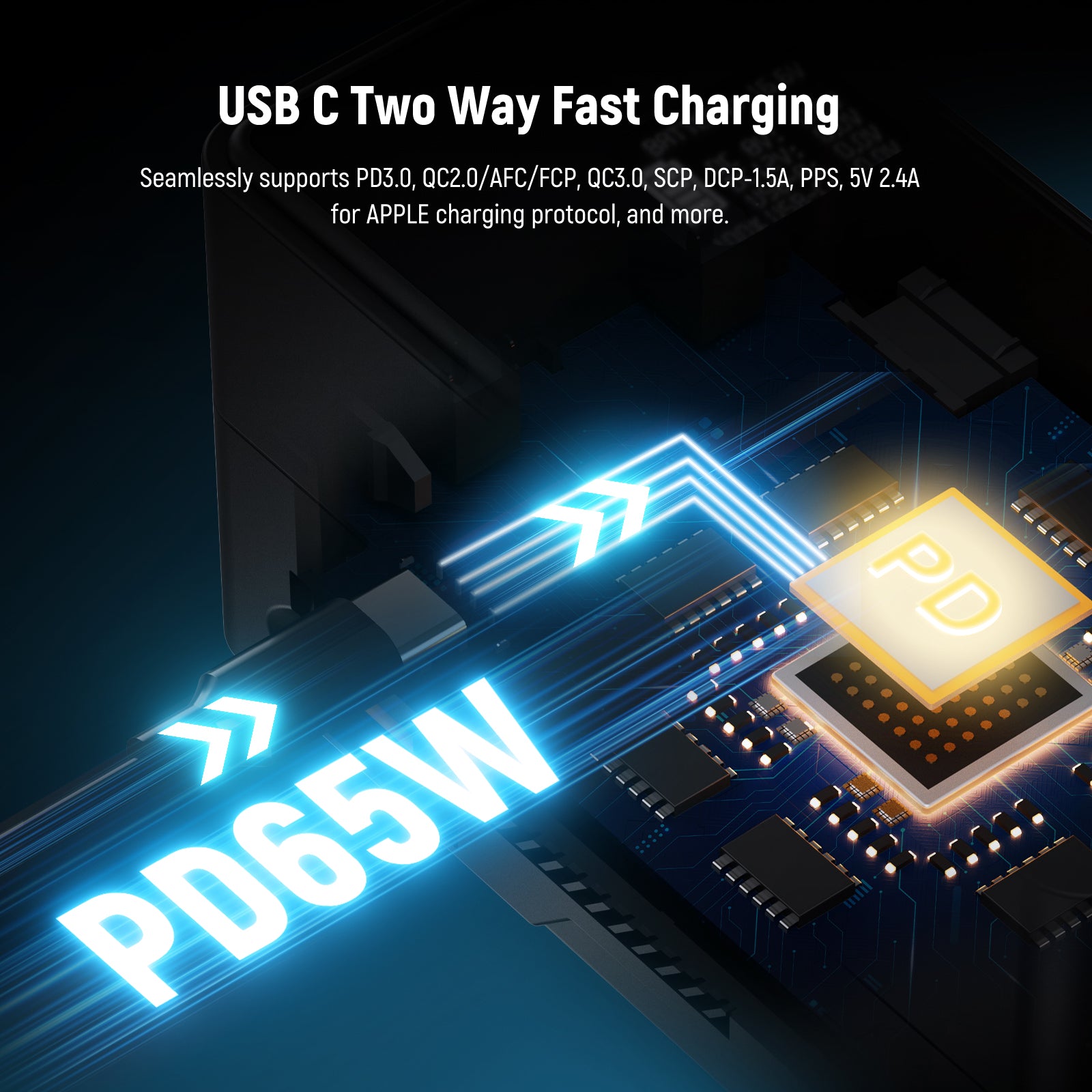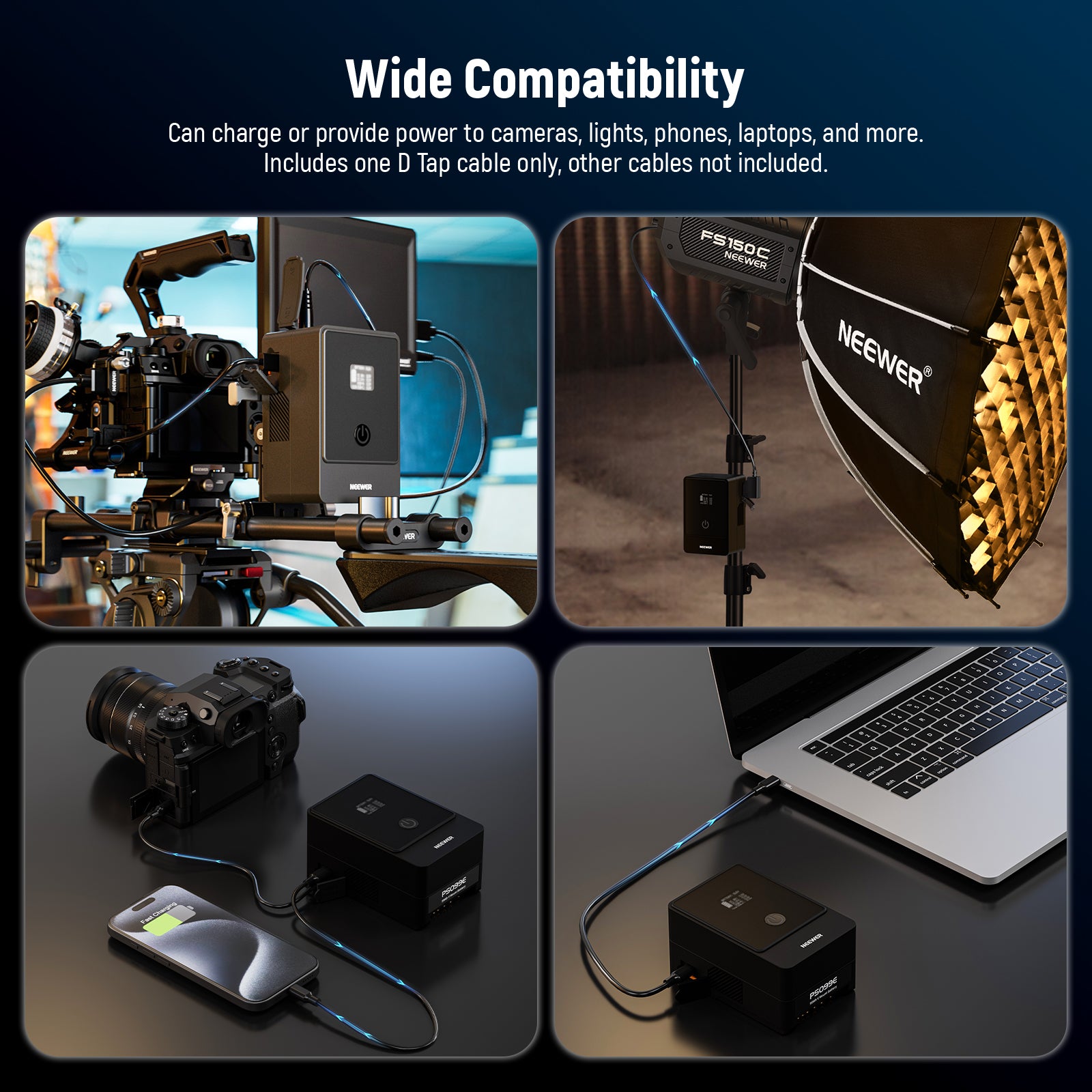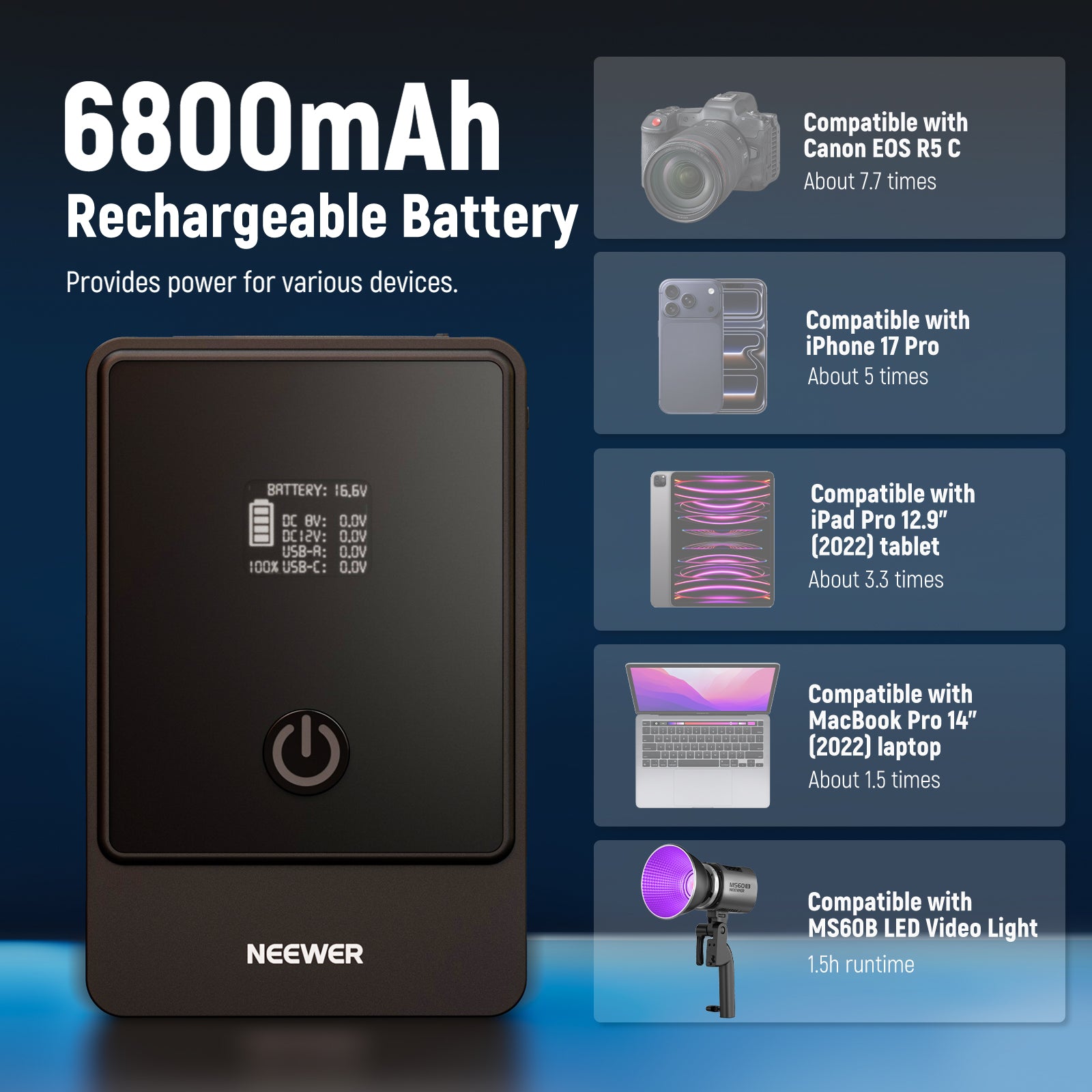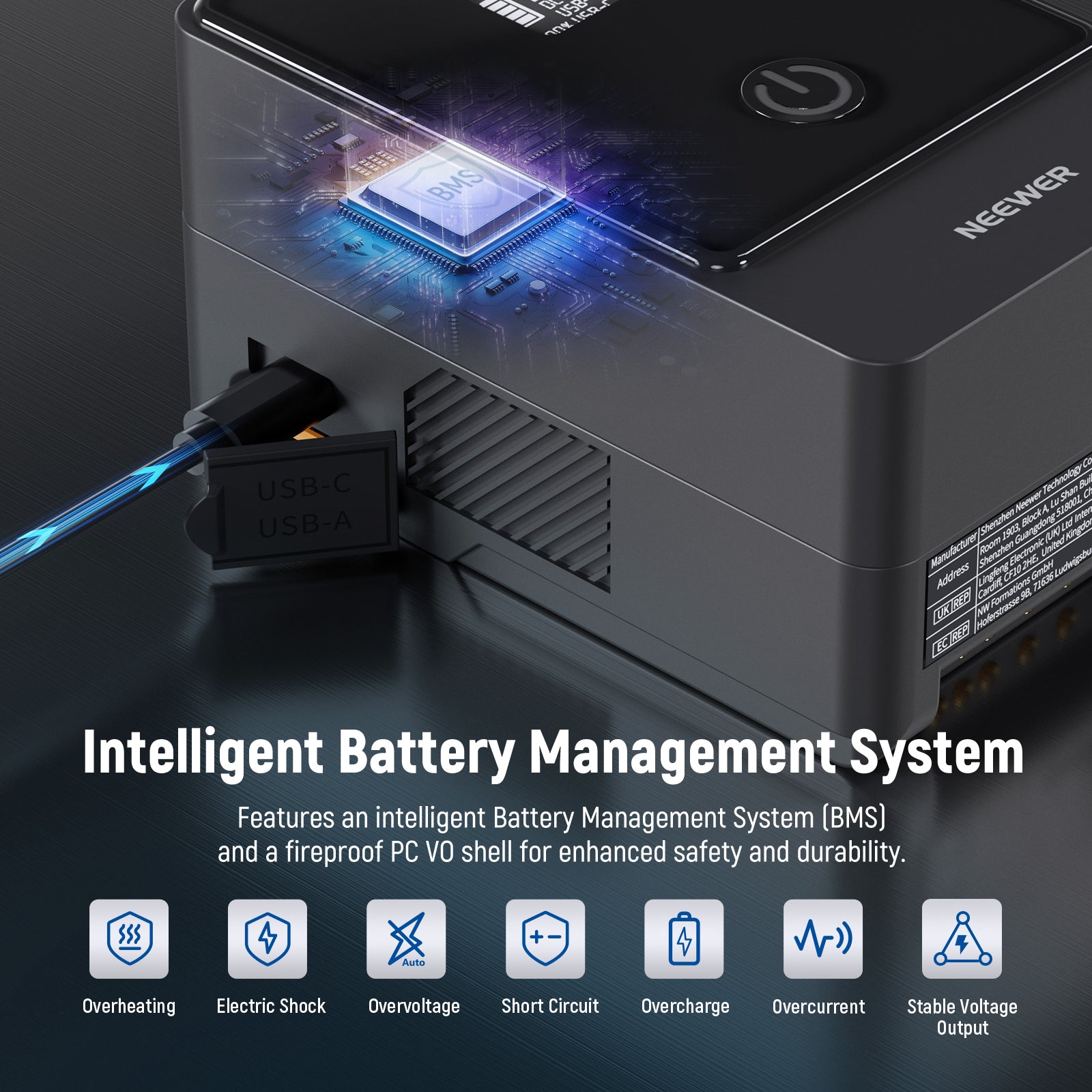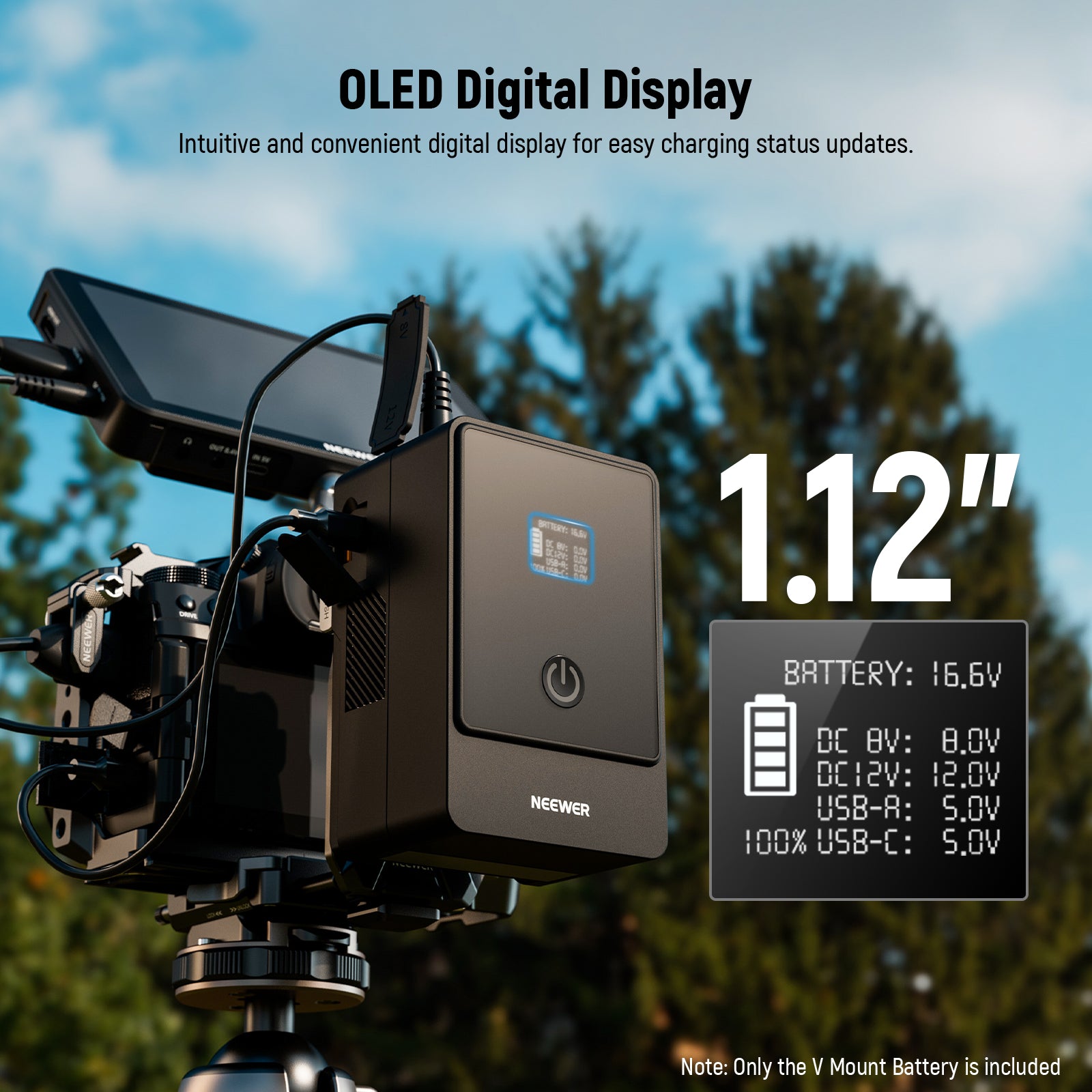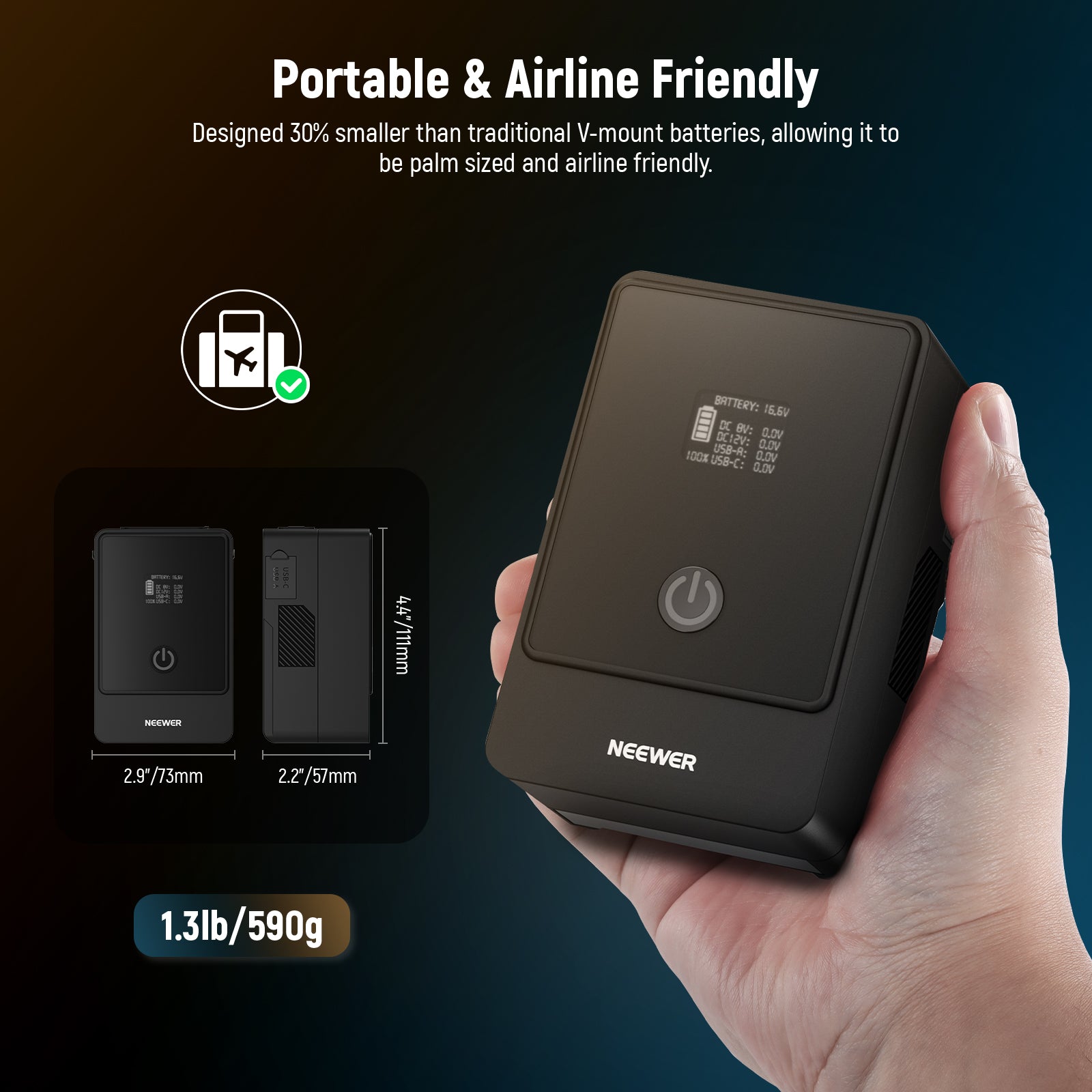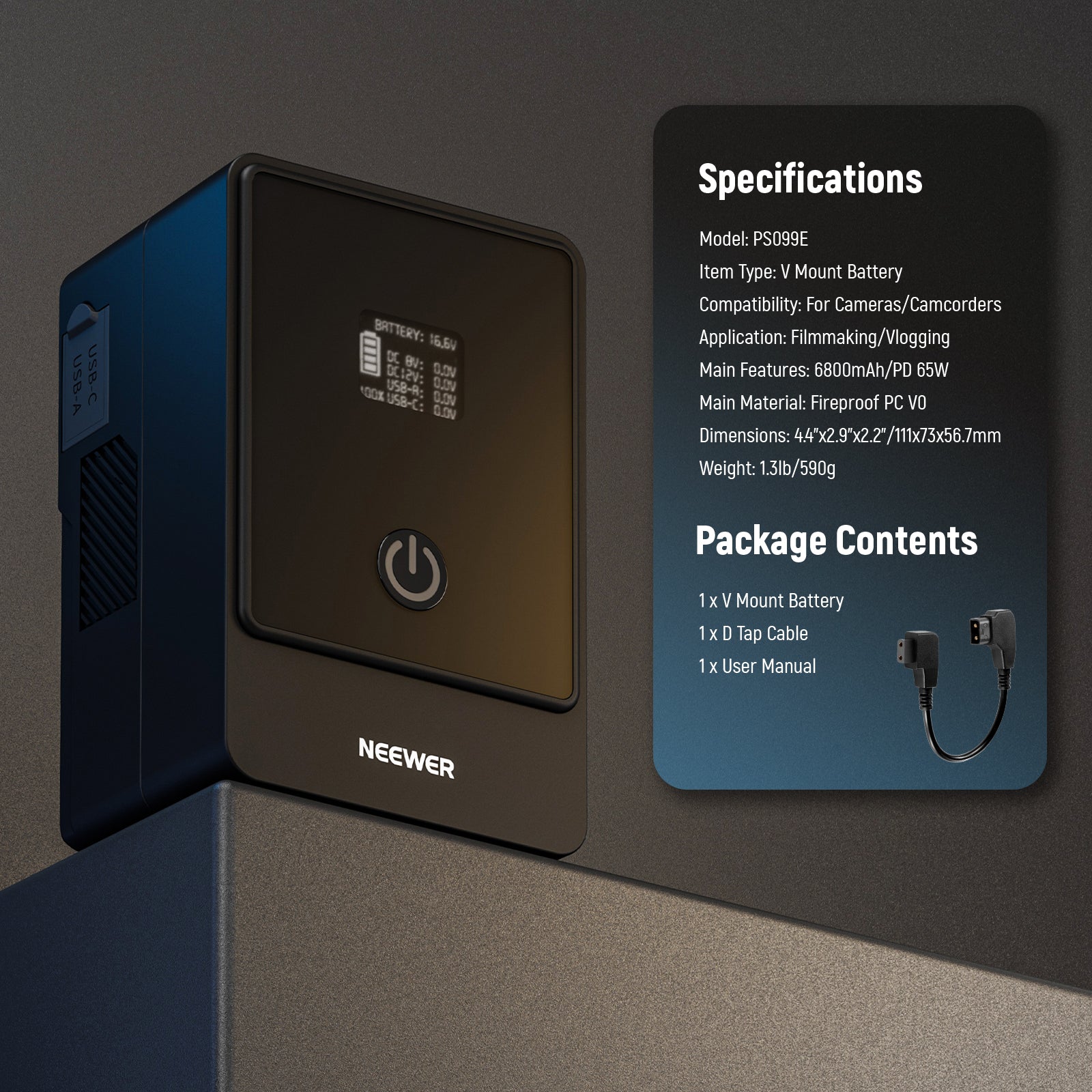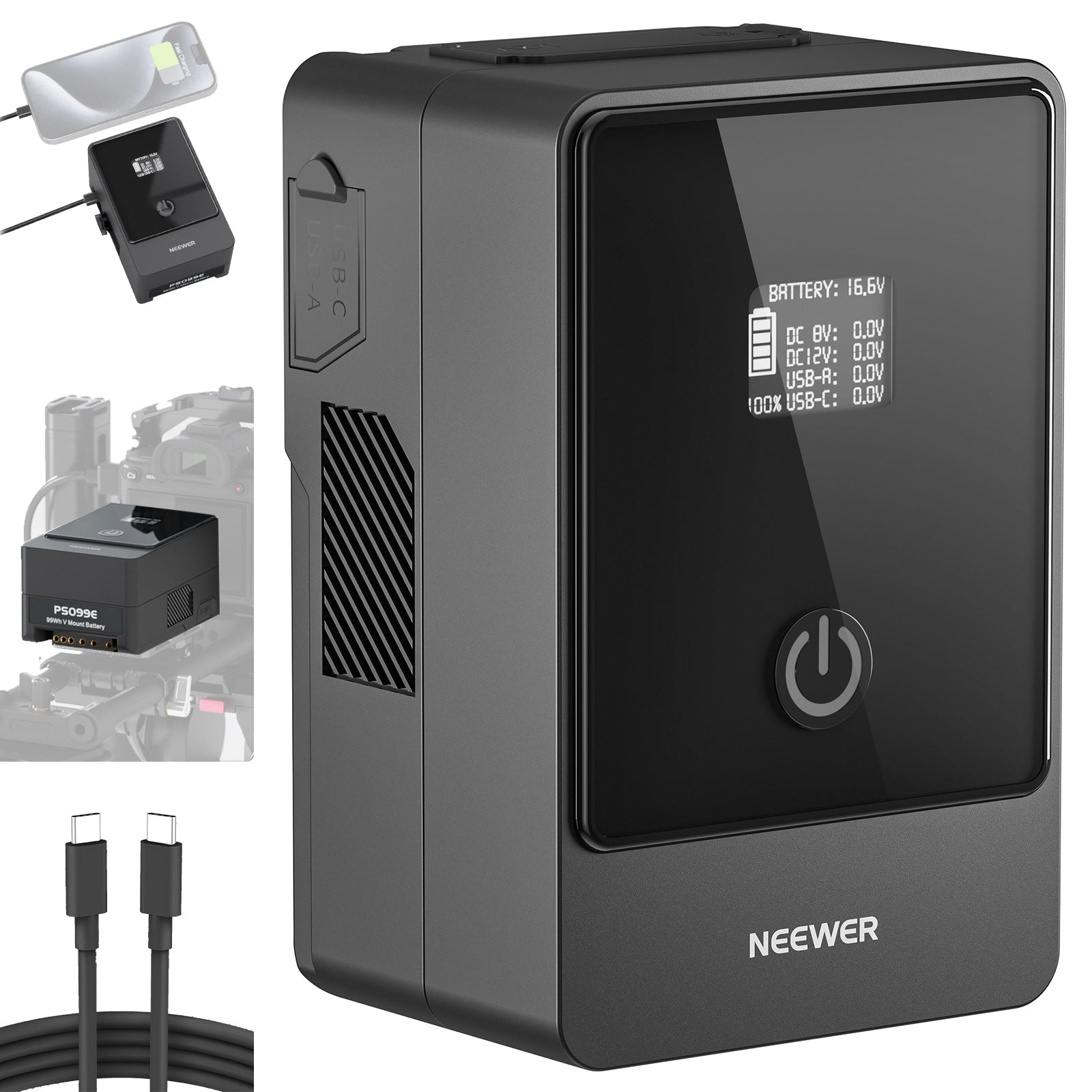Table of Contents
A tripod head ensures sharp images, perfect horizons, and accurate framing. In addition, it can deliver smooth, cinematic motion. Therefore, it is essential for photographers and videographers to turn a basic tripod into a flexible and precise tool. In this blog, we cover everything about tripod heads, including benefits, types, and more.
What Is a Tripod Head?

A tripod head is the part that sits on top of your tripod legs and actually holds your camera in place. It’s what lets you tilt, pan, rotate, and lock the camera exactly where you need it-think of the legs as the foundation, and the head as the steering wheel. Some heads are compact and quick, like a ball head that lets you move the camera smoothly with just one knob. Others are more precise, like a three-way pan-tilt head that’s great for product shots or architecture. Without the right head, even a sturdy tripod feels limiting because you lose flexibility in framing. For photographers and videographers, the tripod head is what makes the difference between a stable shot that feels effortless and one that constantly fights you. It’s the piece that connects your vision to the tripod.
What Are the Benefits of Using a Tripod Head?
Using a tripod head brings several clear benefits that make shooting more comfortable and professional. It doesn’t just hold your camera—it gives you freedom and stability at the same time.
- Stable Composition: Once locked, your framing won’t drift, even with heavy gear or long exposures.
- Precise Control: You can adjust angles with small, accurate movements, perfect for product shots, landscapes, or architecture.
- Efficiency: Many heads have quick adjustments, so you can go from low to high angles or portrait to landscape instantly.
- Smooth Motion: With ball heads or fluid heads, panning and tilting feel natural, which is especially useful for video.
- Versatility: Swap between cameras, lenses, or even smartphones using quick-release plates without changing the tripod itself.
Understanding the Different Types of Tripod Heads
|
Tripod Head Type |
Pros |
Cons |
Best For |
|
Ball Head |
Compact, lightweight, quick adjustments, easy portrait/landscape switch |
Less precise for fine framing |
Travel, landscape, street photography |
|
Gimbal Head |
Balances heavy telephoto lenses, effortless movement, reduces arm strain |
Large, not travel-friendly, specialized use |
Wildlife, sports, action photography |
|
Fluid Head |
Smooth cinematic movement, great for panning and tilting, polished footage |
Heavier, less portable, mainly for video |
Videography, long lens photography |
|
Pan-Tilt |
Separate controls for each axis, precise adjustments, stable for heavy gear |
Slower to operate, bulkier design |
Studio, product, architecture |
|
Geared Head |
Extreme precision, micro-adjustments, stable for exact compositions |
Heavy, expensive, slower than ball or pan-tilt heads |
Architecture, landscape, macro |
1. Ball Heads
A ball head is one of the most popular tripod head types because it offers speed and simplicity. You loosen a single knob, move your camera into the desired position, and lock it back down. The ball-and-socket design lets you tilt, pan, and rotate freely, which makes it perfect for travel, landscape, and street photography. Photographers who often switch from portrait to landscape orientation love the convenience. Ball heads are also lightweight and compact, so they don’t add bulk to your gear. Once locked, they hold firmly, giving you stability while keeping setup quick and intuitive.
2. Gimbal Heads
Gimbal heads are designed for heavy telephoto lenses used in wildlife and sports photography. Instead of fighting against the weight, the lens is balanced at its center of gravity, so it feels almost weightless on the mount. You can pan or tilt smoothly with just one finger, which is essential when tracking birds in flight or athletes on the field. The balanced design reduces strain on your arms and prevents camera shake. Though bulkier than other tripod heads, a gimbal gives you unmatched freedom when working with large lenses, making it a must-have for serious action shooters.
3. Fluid Heads
Fluid heads are built primarily for video. Inside the head, fluid cartridges provide resistance, which makes pans and tilts smooth and controlled. When tracking a moving subject, the motion feels professional and cinematic instead of jumpy. Even for photographers, fluid heads are useful when using long telephoto lenses because the drag prevents sudden shakes. These tripod heads are larger and heavier than ball or pan-tilt types, but for creators who value polished footage, they’re worth the weight. Videographers filming events, interviews, or travel vlogs almost always rely on fluid heads for steady, natural-looking motion.
4. Pan-Tilt Heads
A pan-tilt head uses separate handles to control horizontal and vertical movement, giving you the ability to fine-tune composition with precision. This design is slower than a ball head but provides better control, especially in studio environments. For product photography, still life, or architecture, pan-tilt heads shine because you can adjust one axis without disturbing the others. The handles are easy to grip, so even with heavy gear, movements feel steady and deliberate. Many photographers also prefer them when working with tripods indoors, where portability matters less than precision framing and structured composition.
5. Geared Heads
Geared heads are the go-to choice for photographers who want ultimate precision. Each axis—tilt, pan, and roll—is controlled by a separate knob with gears, allowing micro-adjustments without any sudden shifts. This level of control is ideal for architecture, macro, or landscape work where exact framing is critical. For example, when lining up building edges or horizon lines, you can fine-tune your angle until it’s perfect. While slower to operate than ball heads, geared heads provide stability and confidence. They’re heavier and more expensive, but for careful compositions, they deliver accuracy that no other head can match.
Top FAQs About Tripod Heads

1. Are All Tripod Heads Universal?
No, not all tripod heads are universal. Most modern tripods and heads use a standard thread size (1/4"-20 or 3/8"-16), which allows heads and legs from different brands to connect. Quick-release plates, however, are less universal. Each brand often designs its own plate system, so switching plates between systems may not work. Adapters exist, but they can add bulk or reduce stability. When shopping, it’s smart to check both the screw size and plate type.
2. Is a Ball Head Better?
Ball heads are compact, lightweight, and quick to adjust, making them great for travel, street, and landscape shooting. With just one knob, you can tilt, pan, and rotate smoothly, then lock it in place with ease. They’re ideal when speed and flexibility matter. However, they lack the precise, axis-by-axis control that pan-tilt or geared heads provide. If you do architecture, product, or video work where accuracy is critical, a ball head may feel limiting. After all, different types of tripod heads have distinct characteristics, and each offers a better choice for specific situations.
3. Do You Really Need a Tripod Head?
Yes, you do need a tripod head if you want your tripod to be truly functional. The tripod legs give you stability, but without a head, you can’t adjust or lock your camera at the right angle. A tripod head lets you pan, tilt, rotate, or fine-tune composition without moving the legs every time. Imagine shooting a long-exposure landscape: the legs keep things steady, but the head locks your horizon perfectly straight. For video, the right head gives you smooth motion. It’s the piece that connects your vision to the tripod, making it essential rather than optional.

